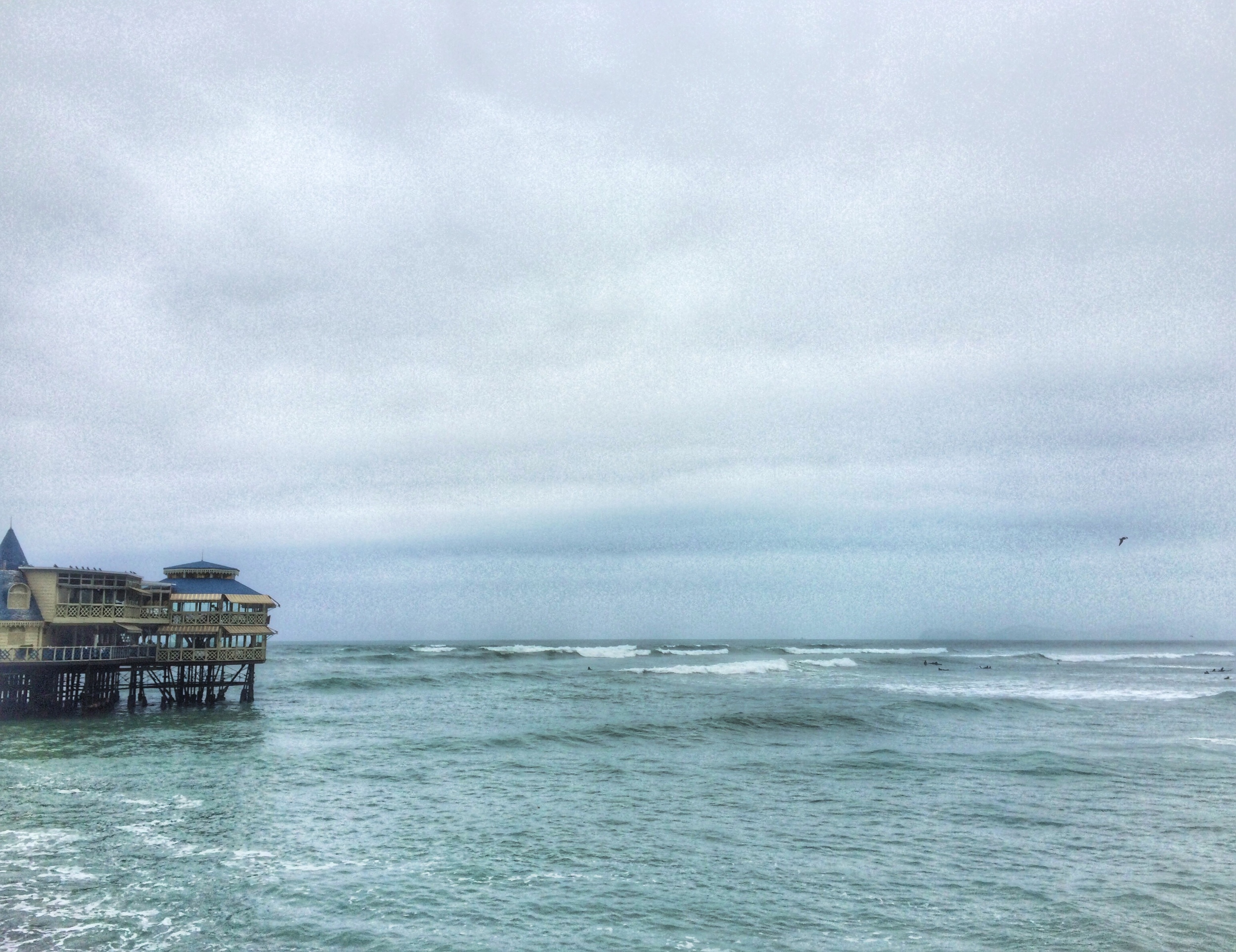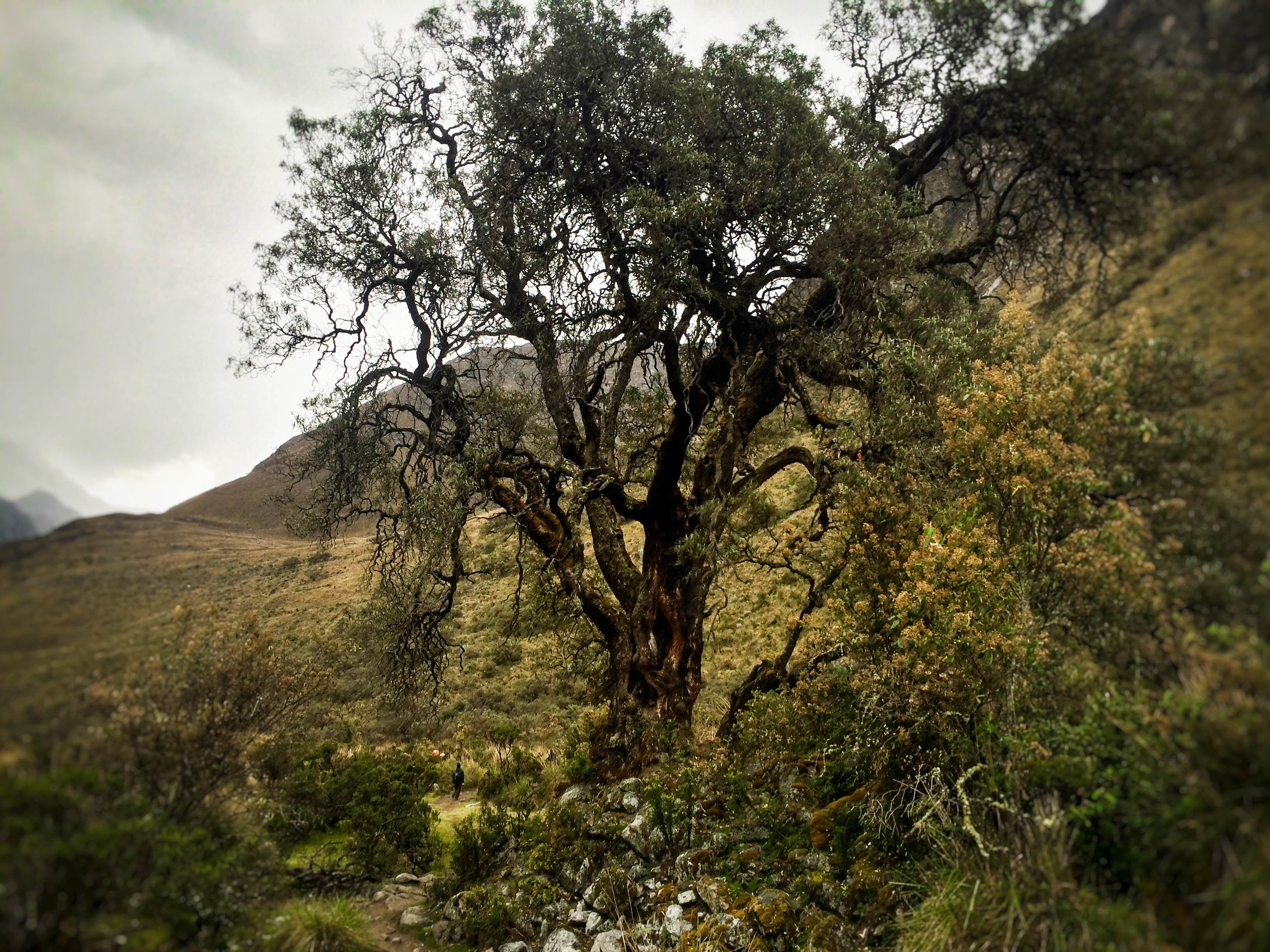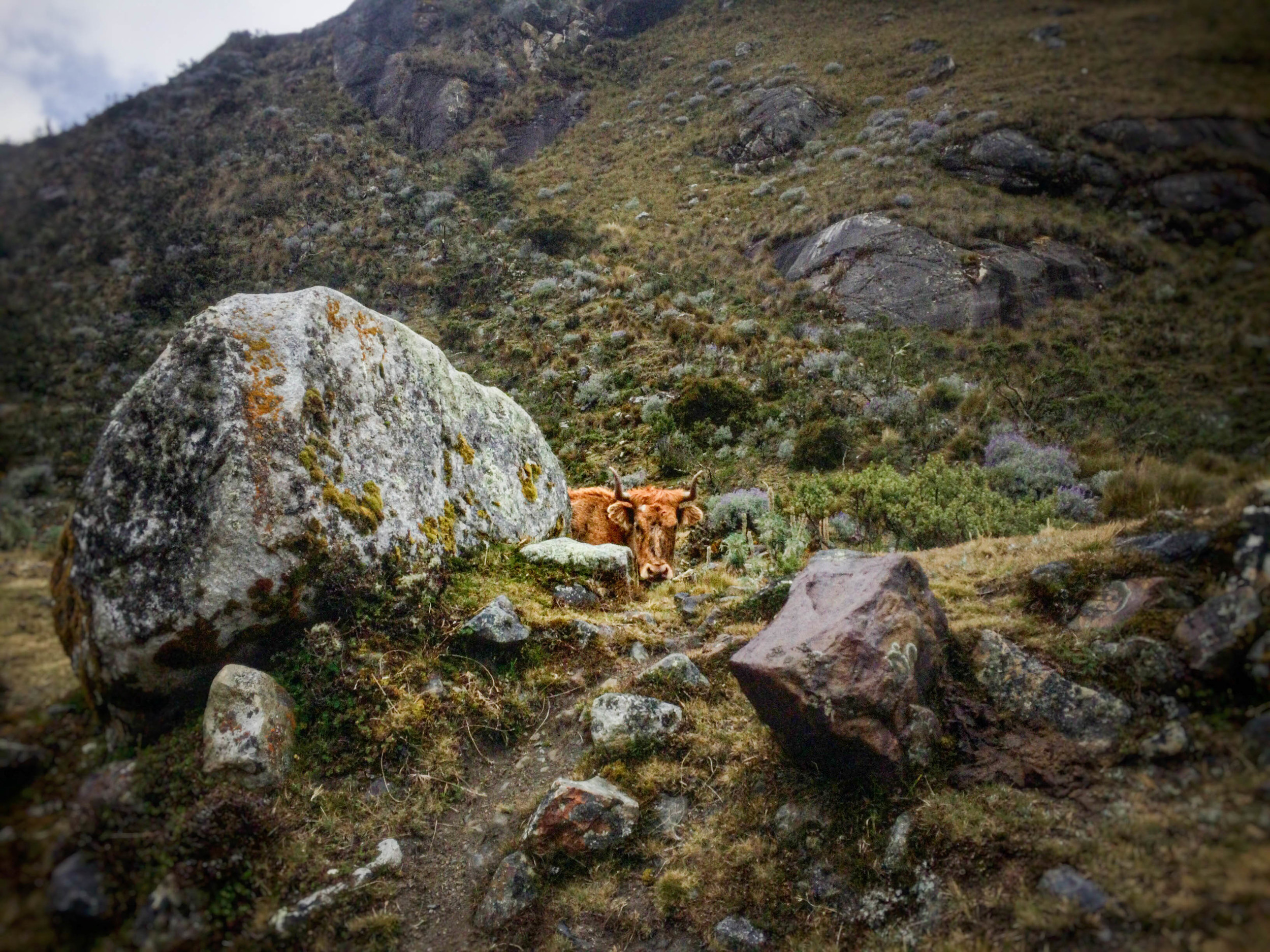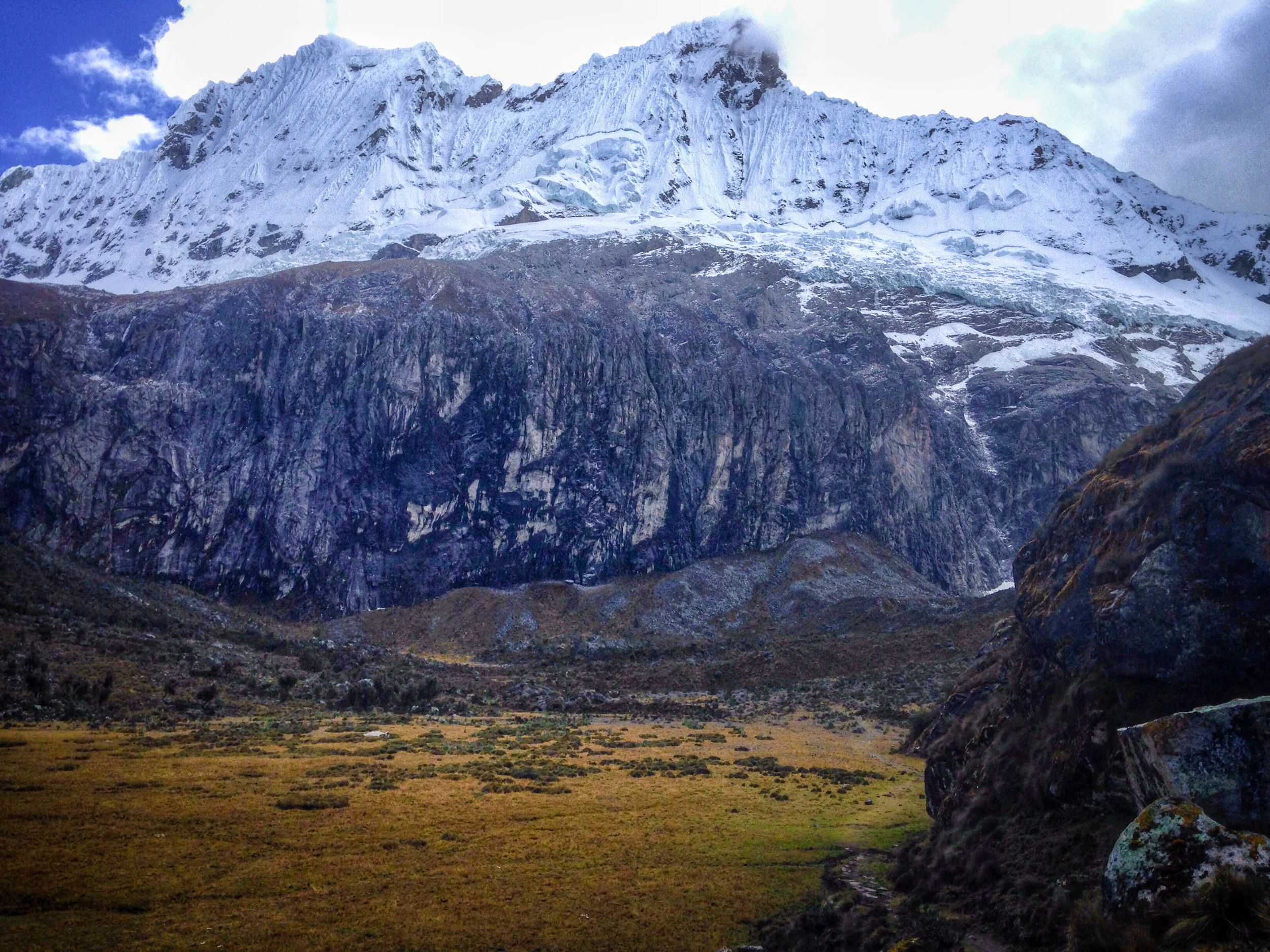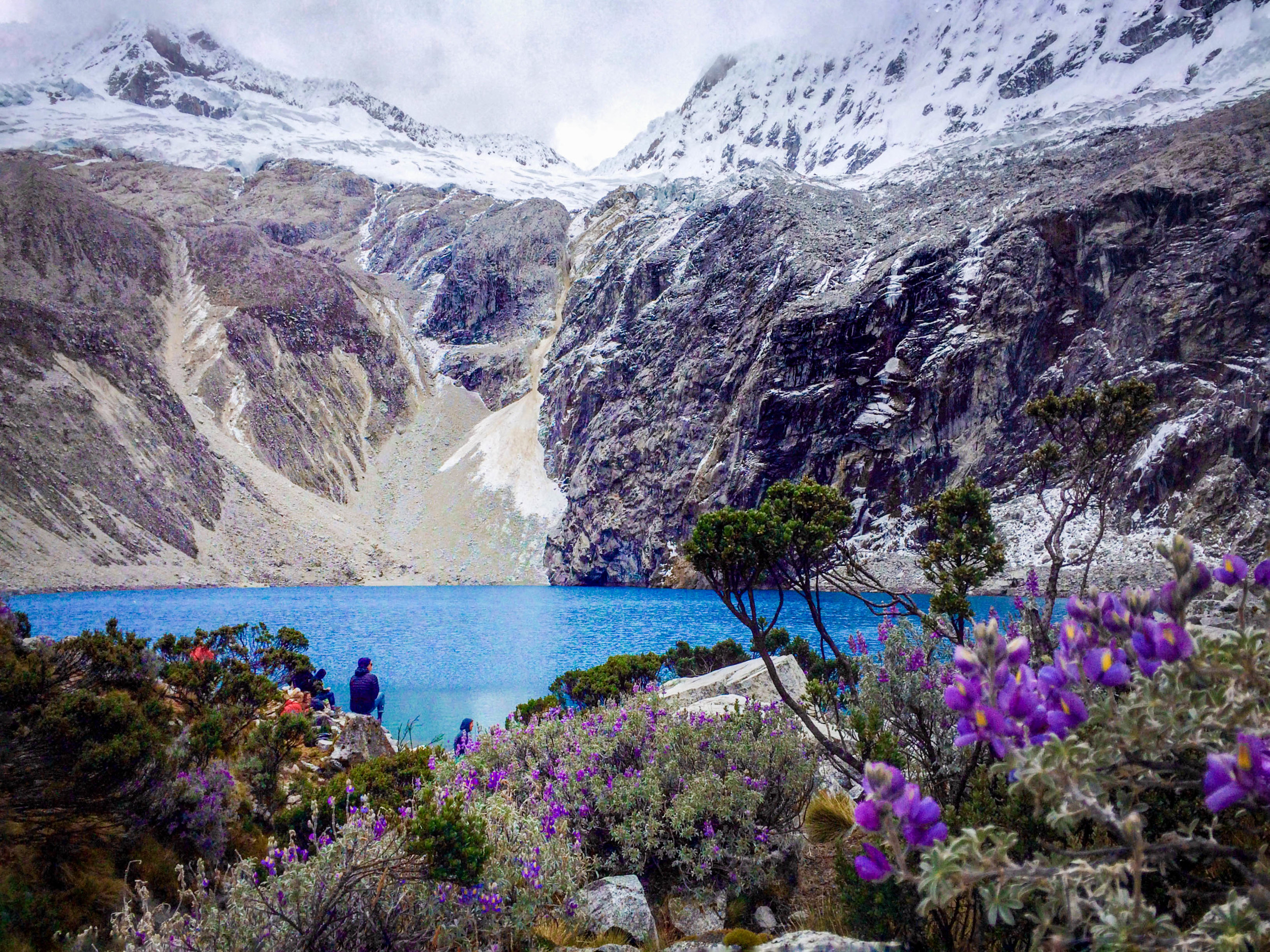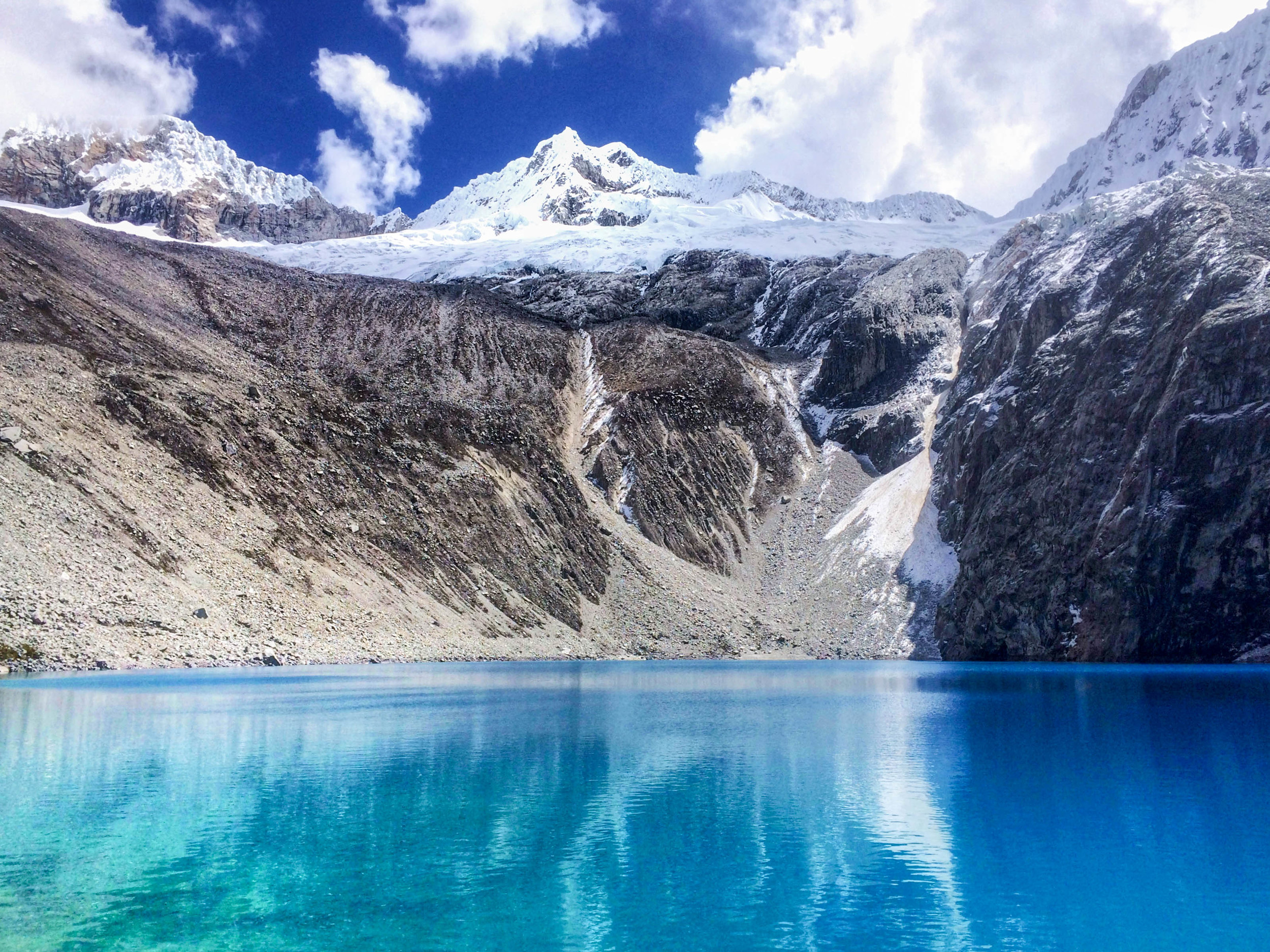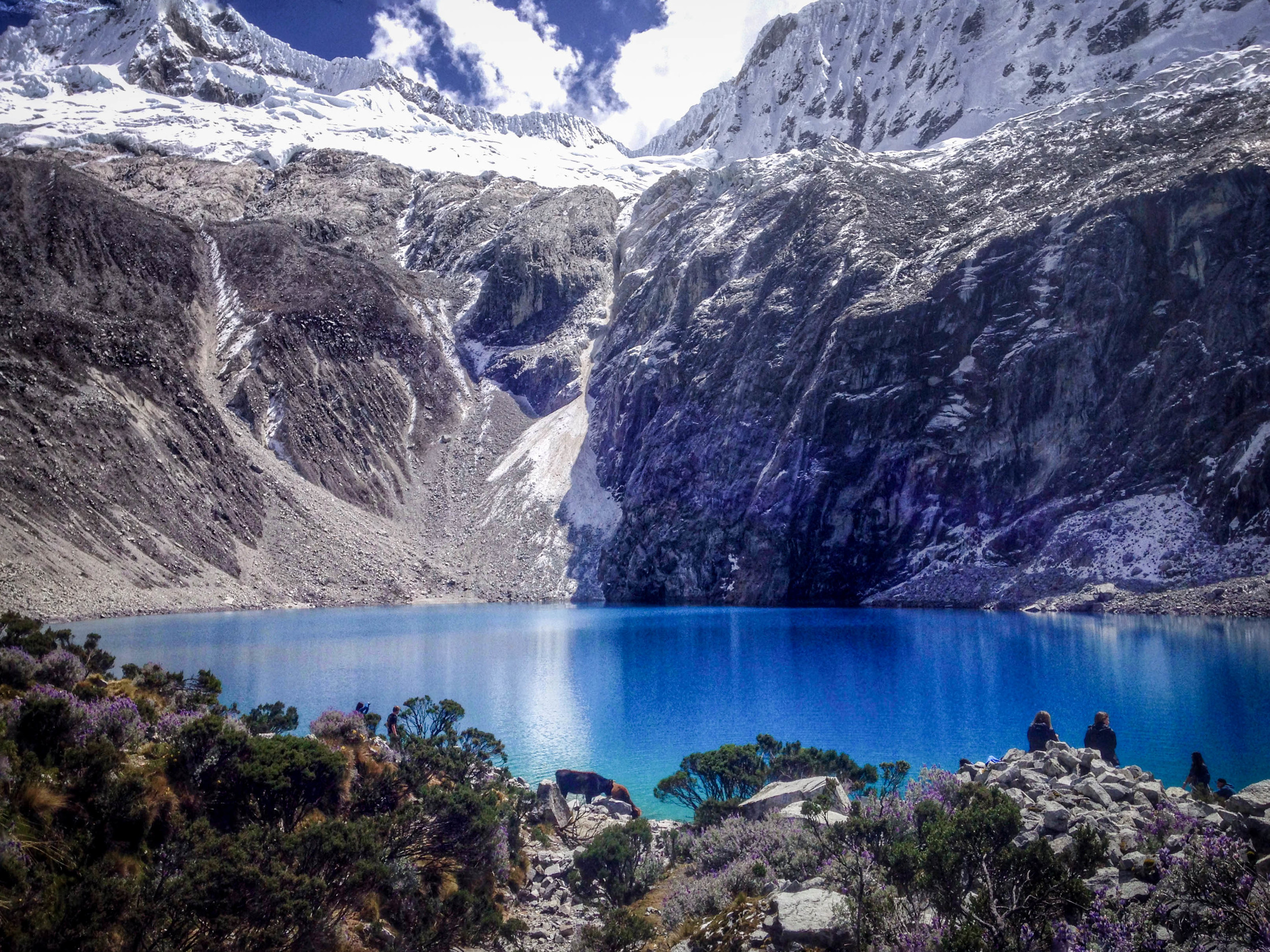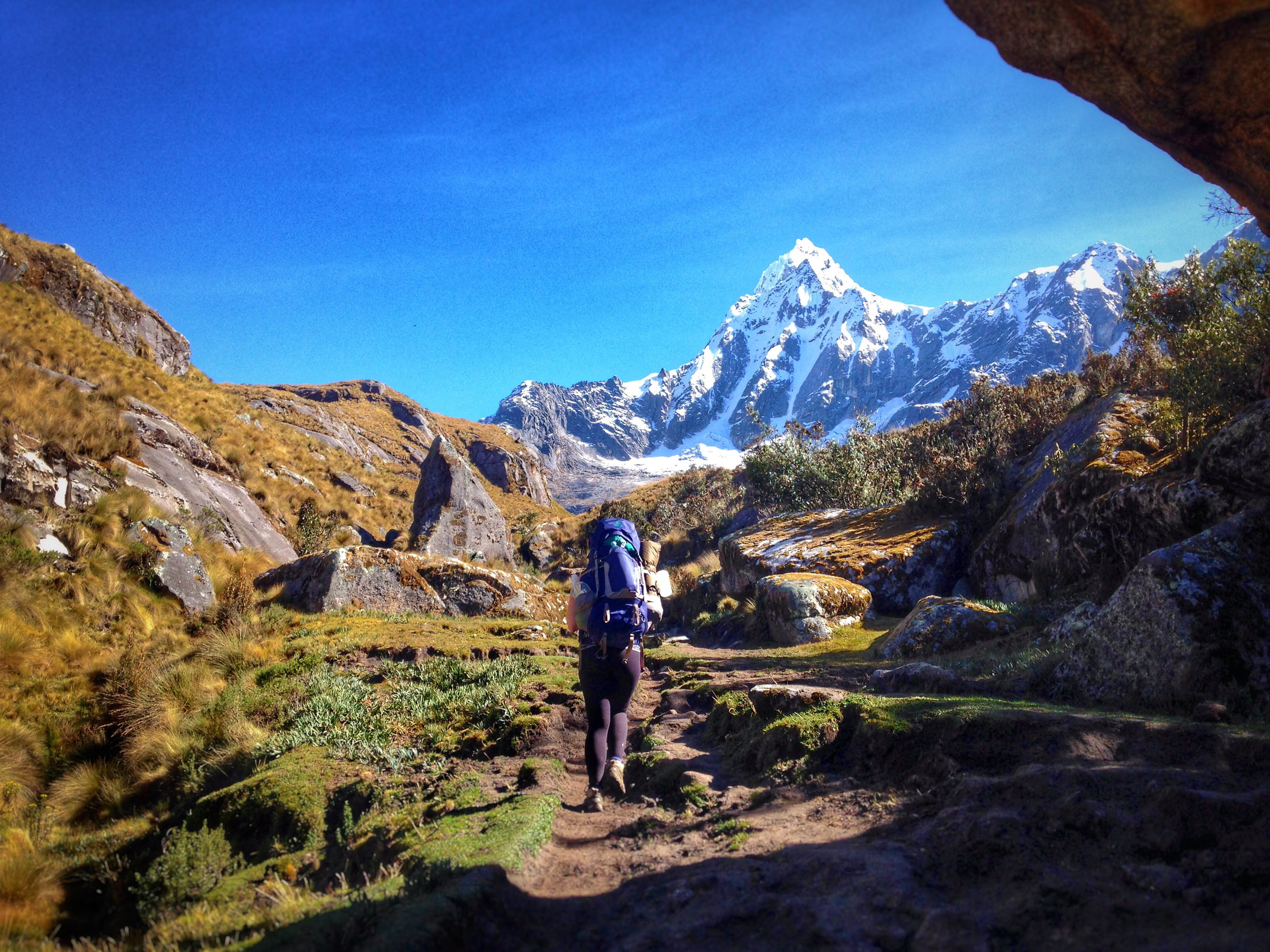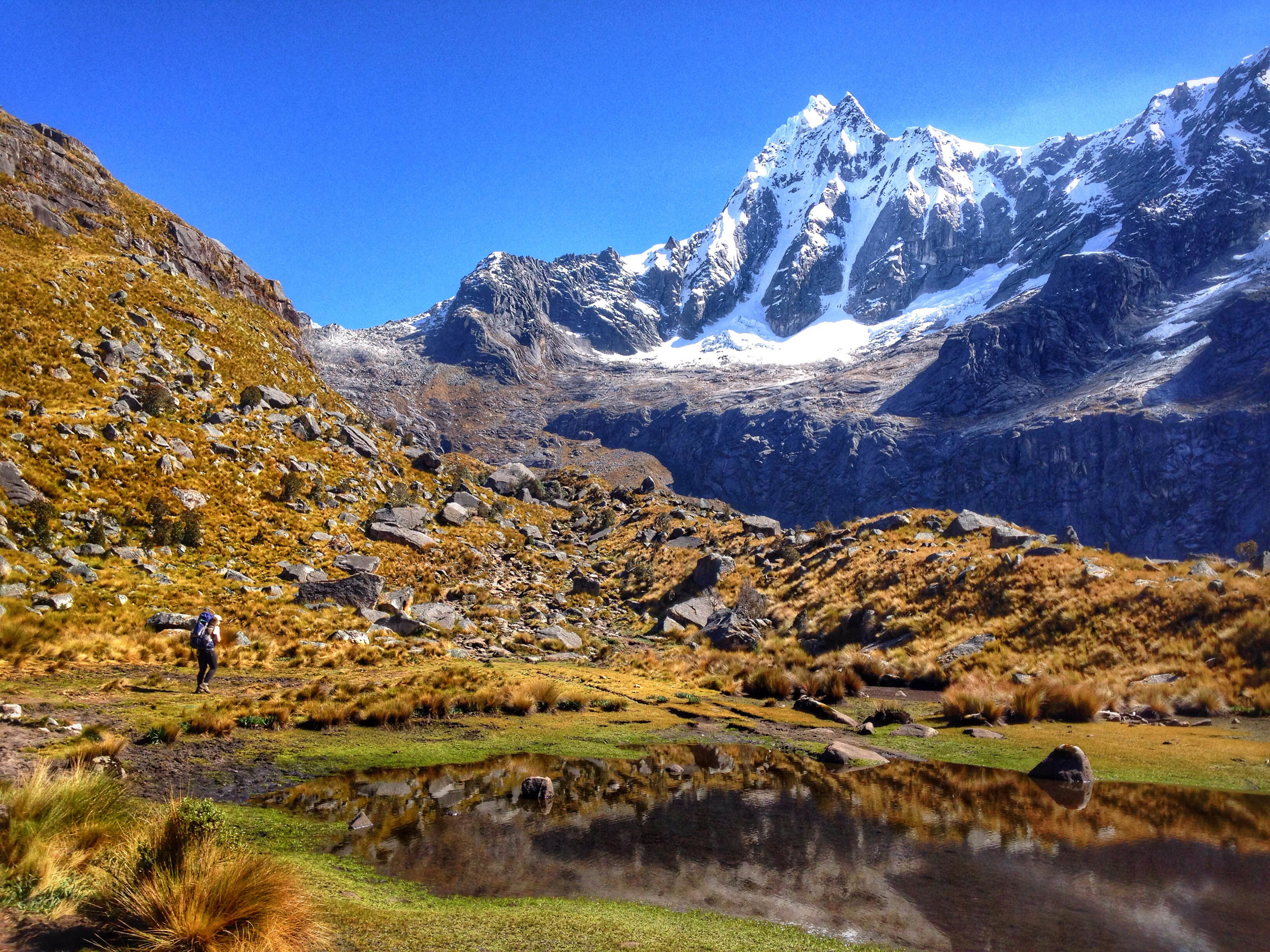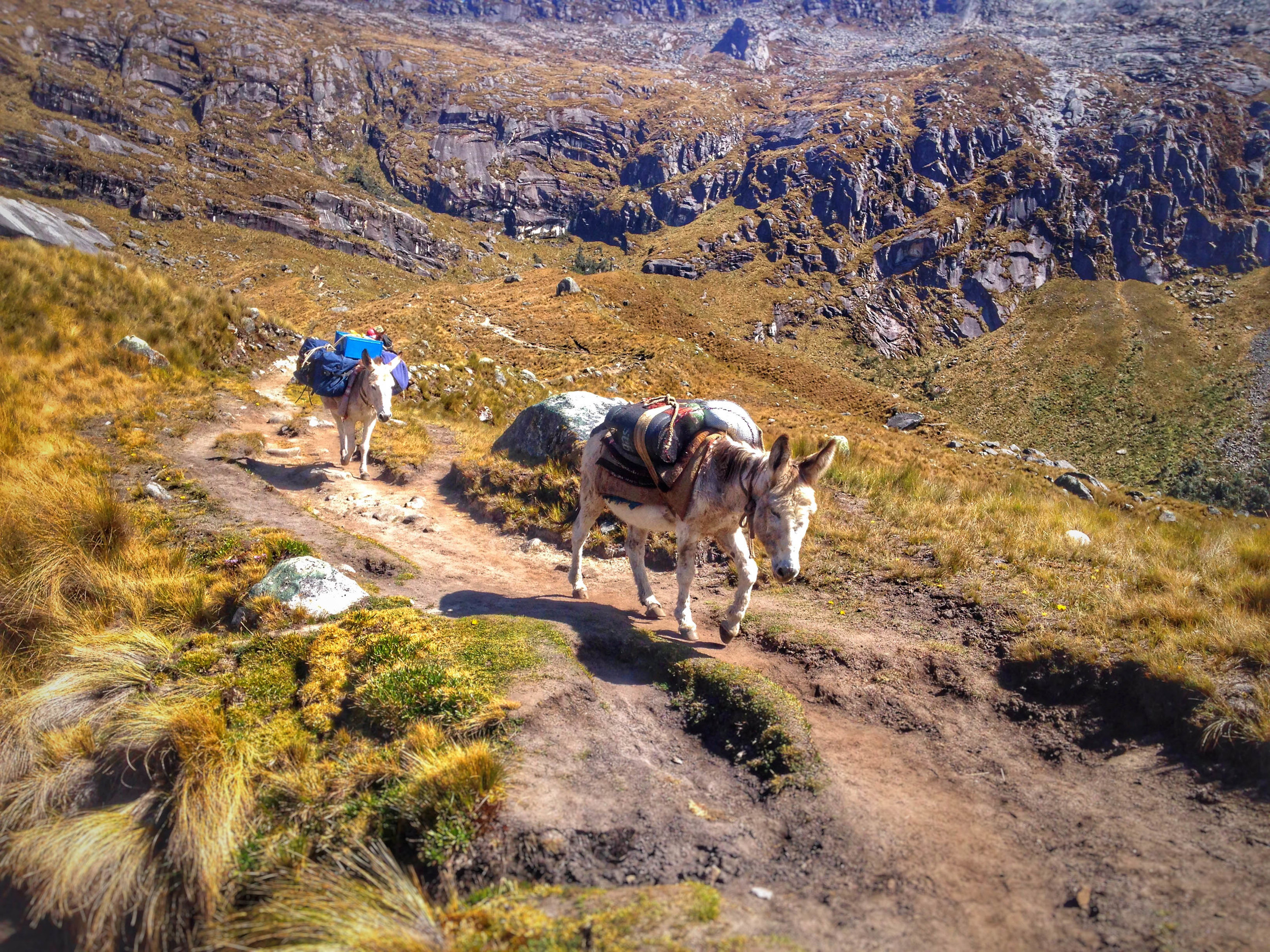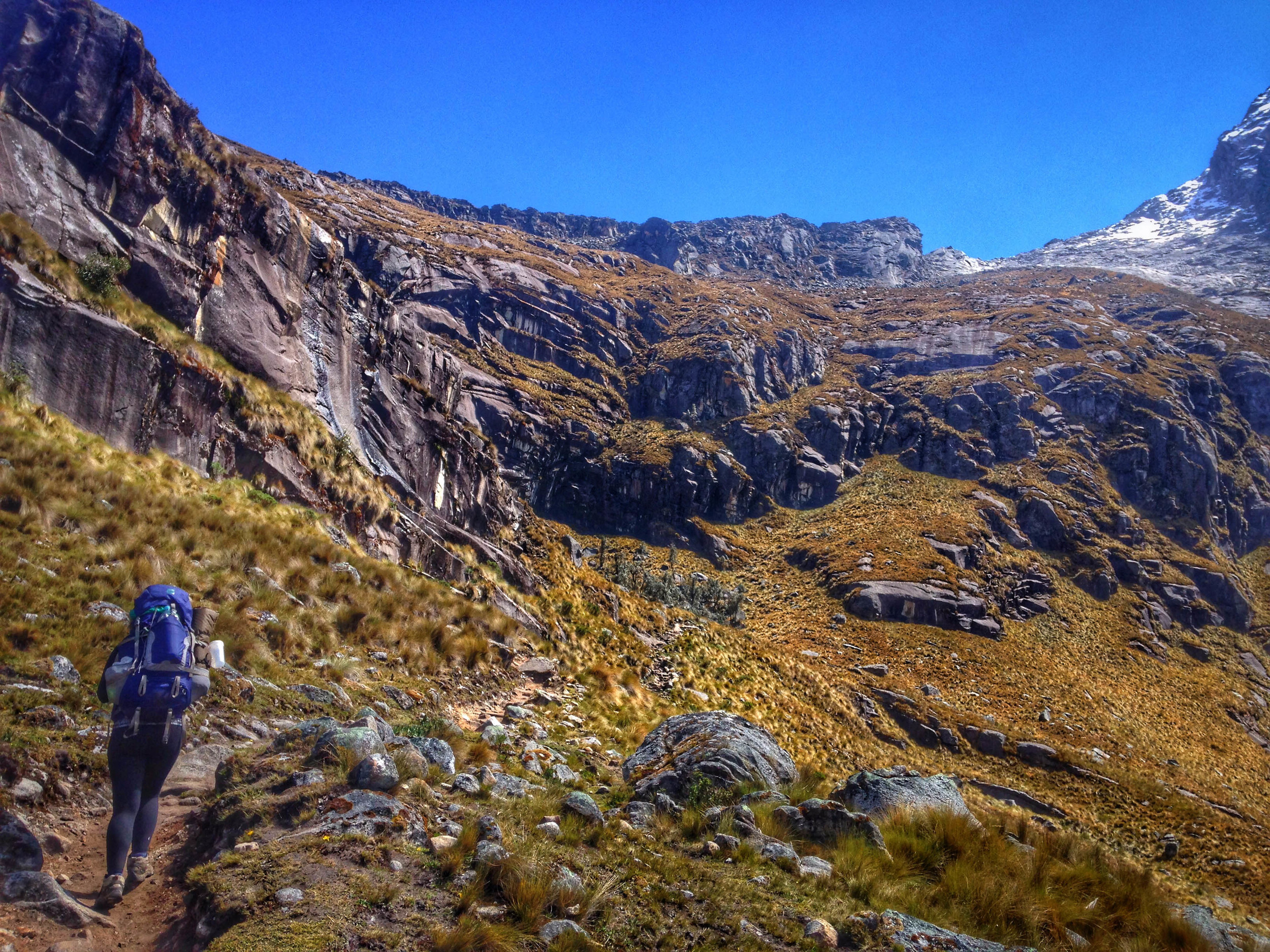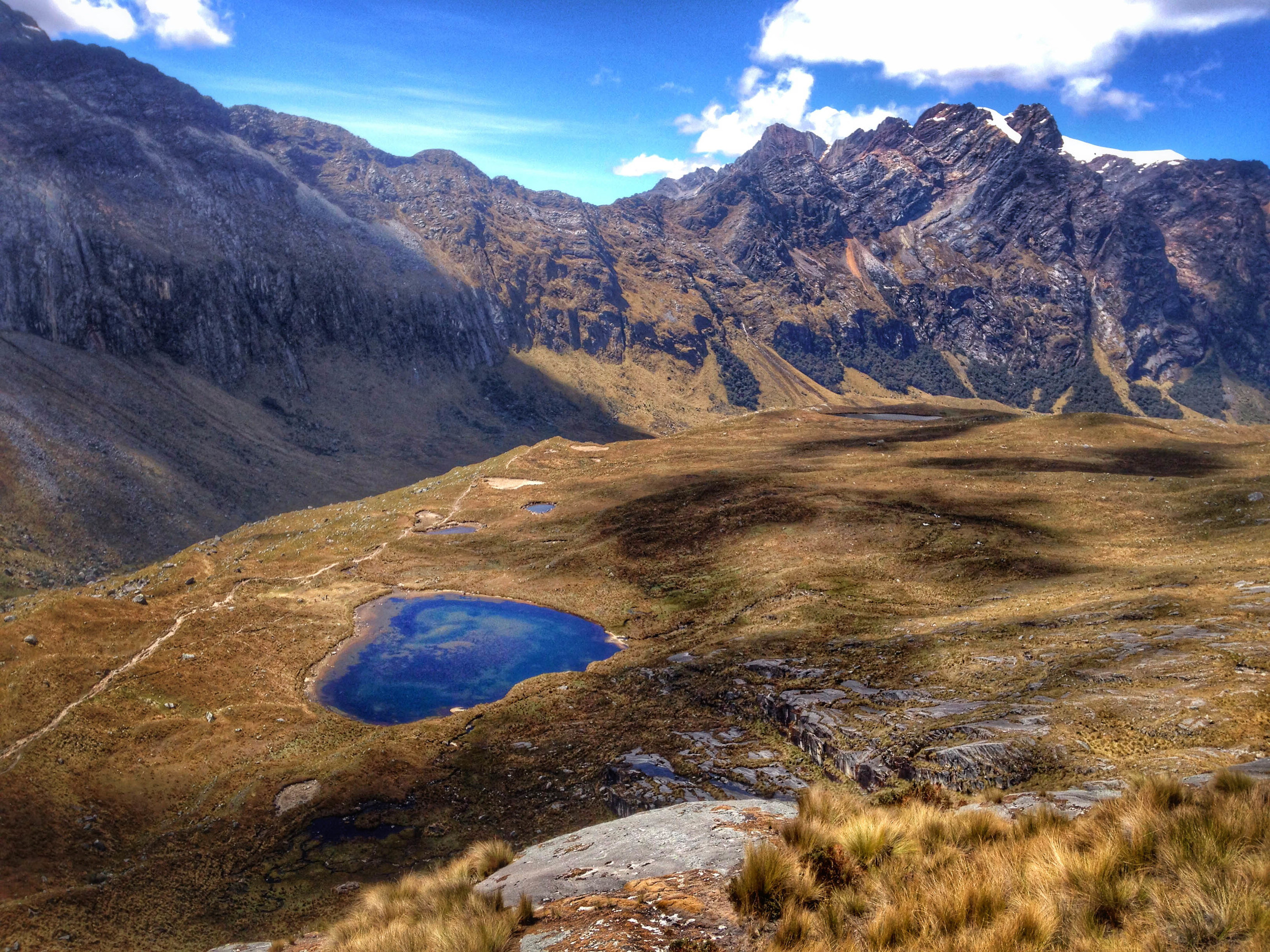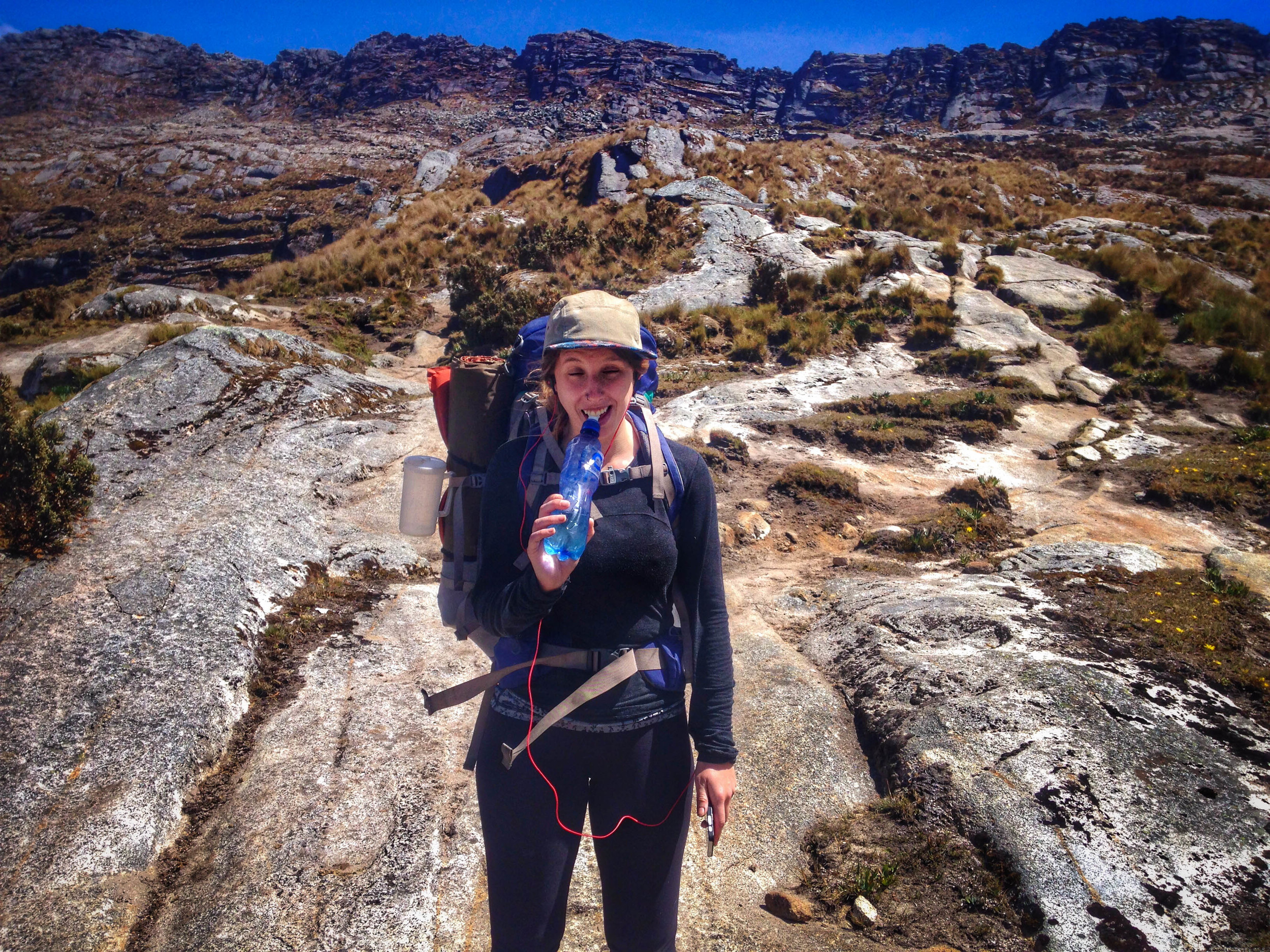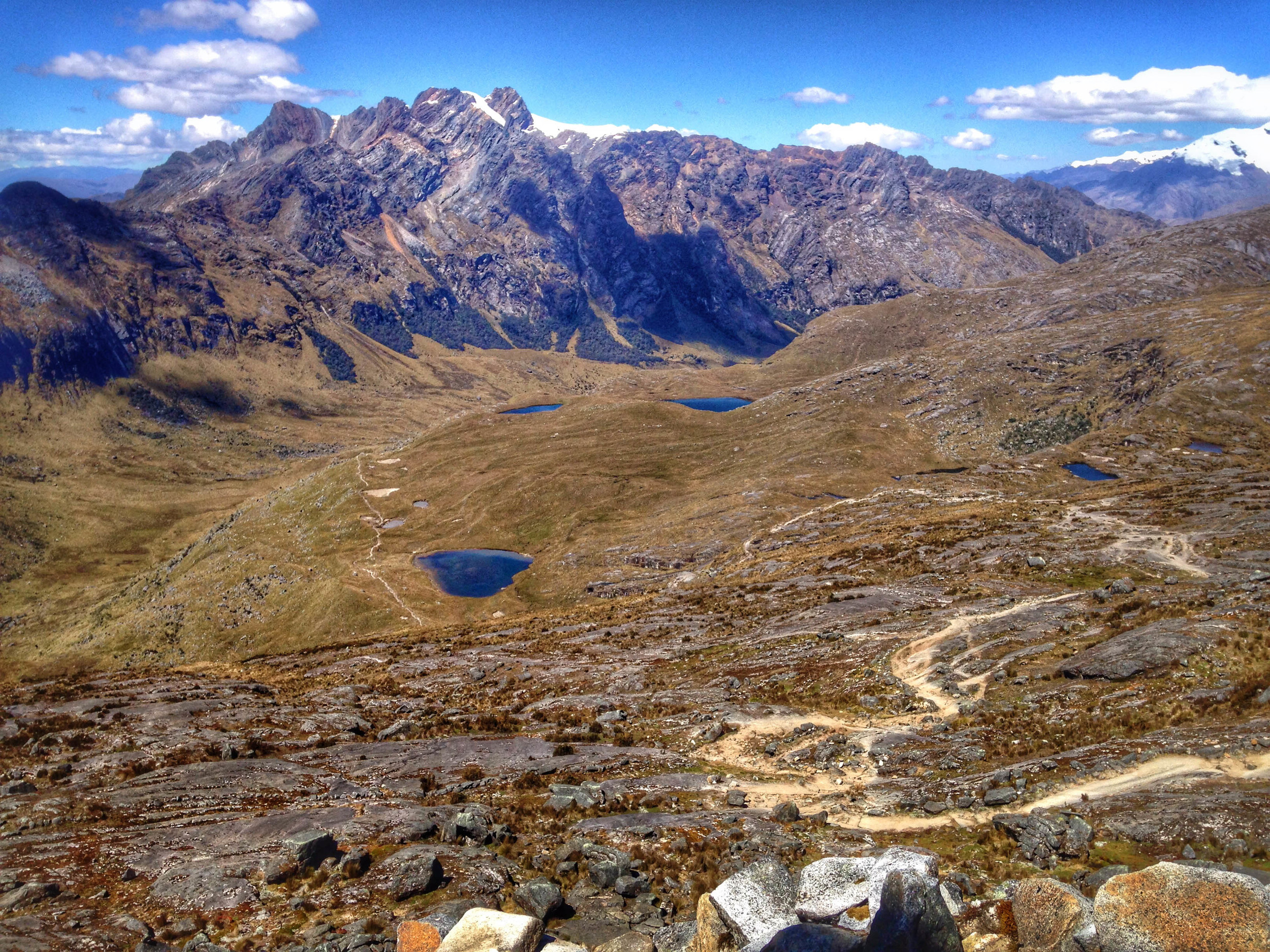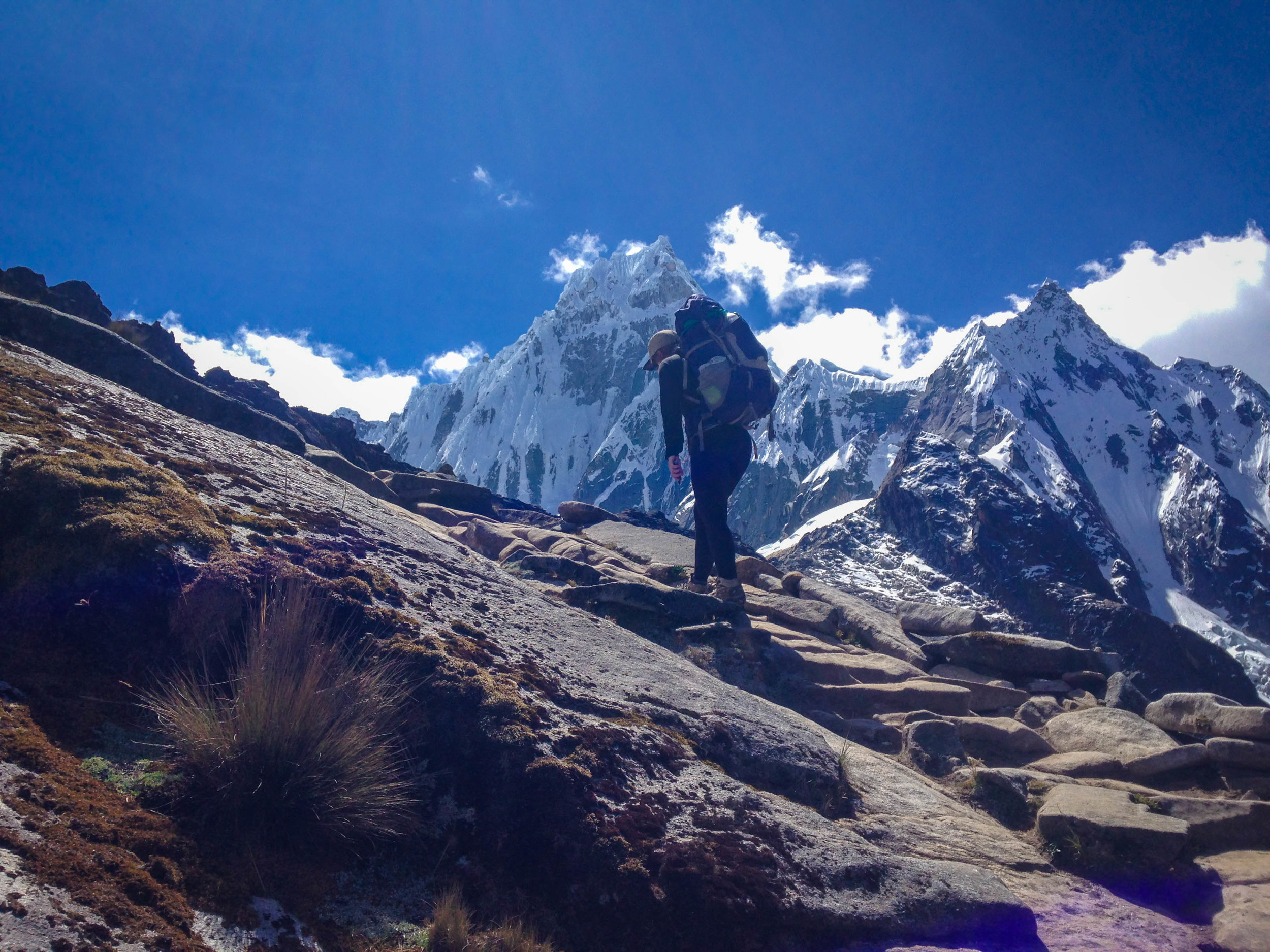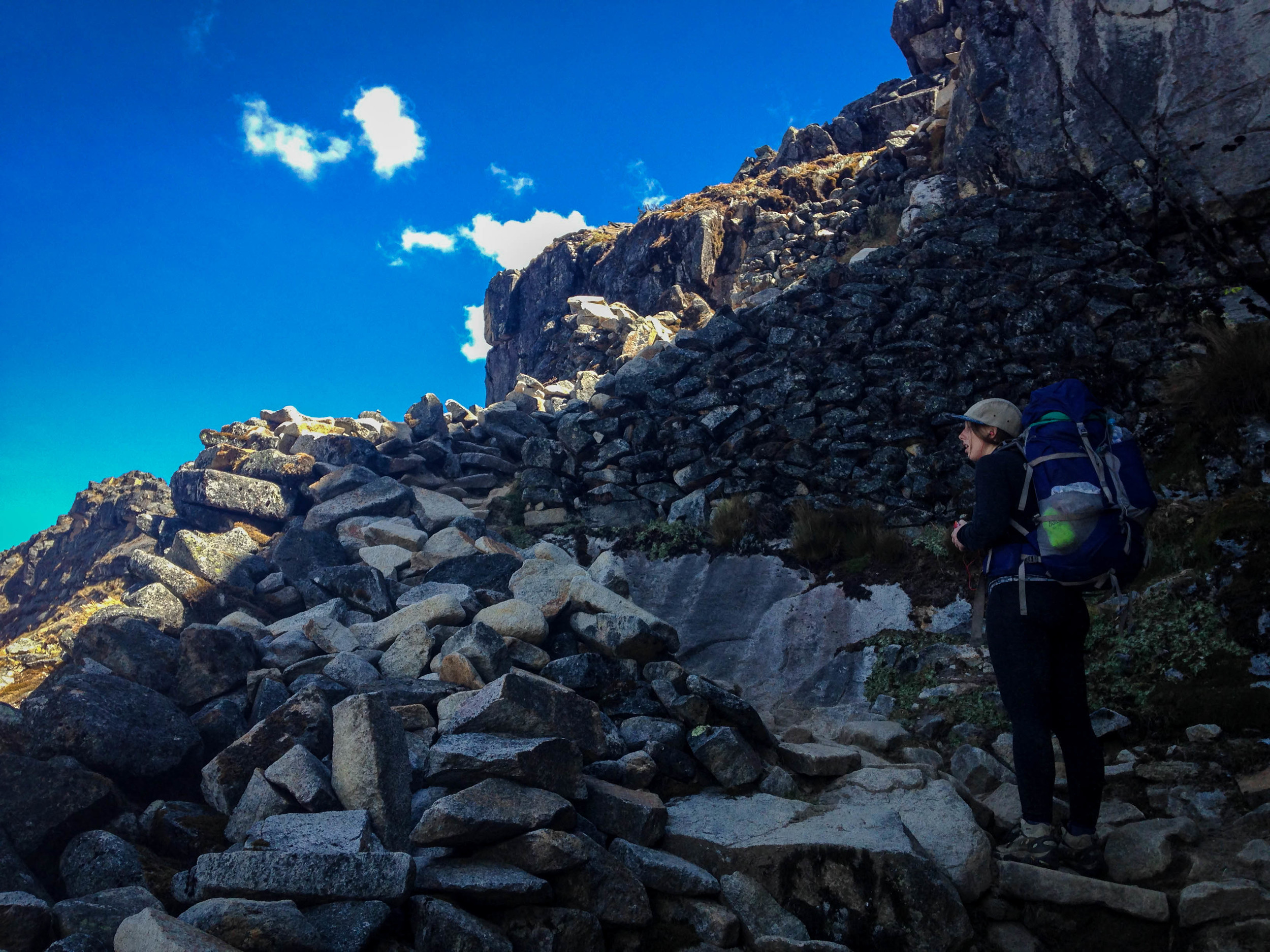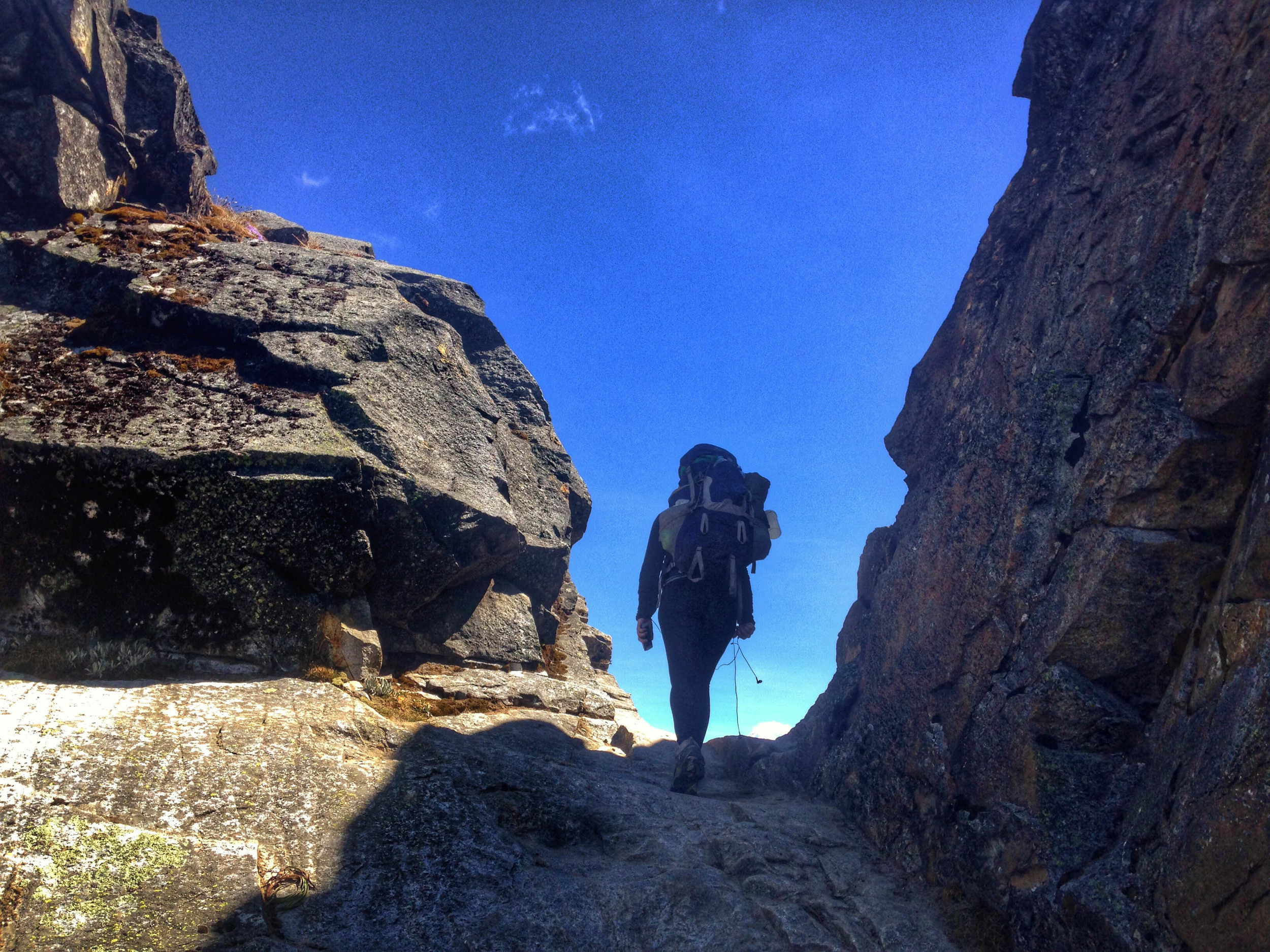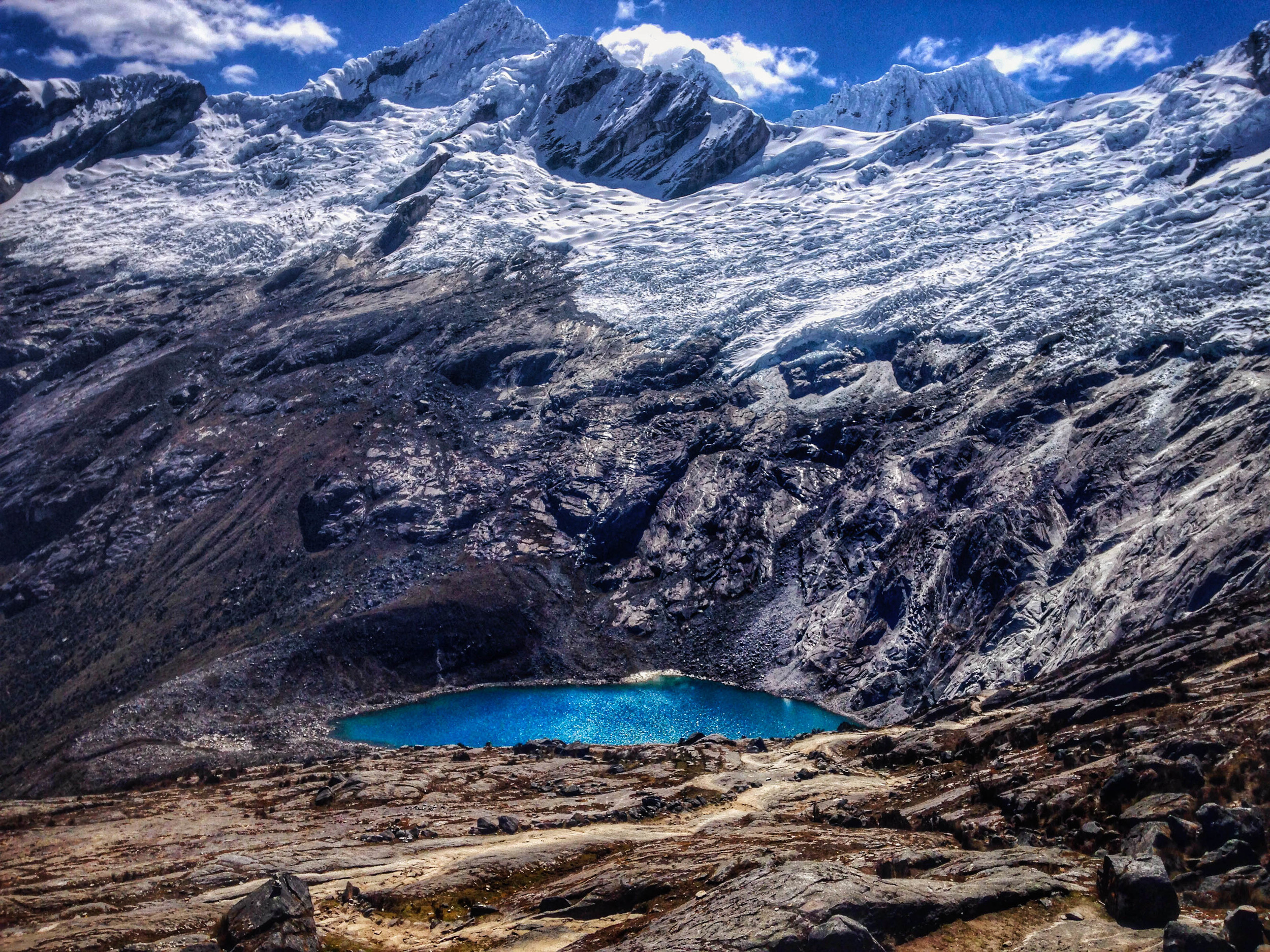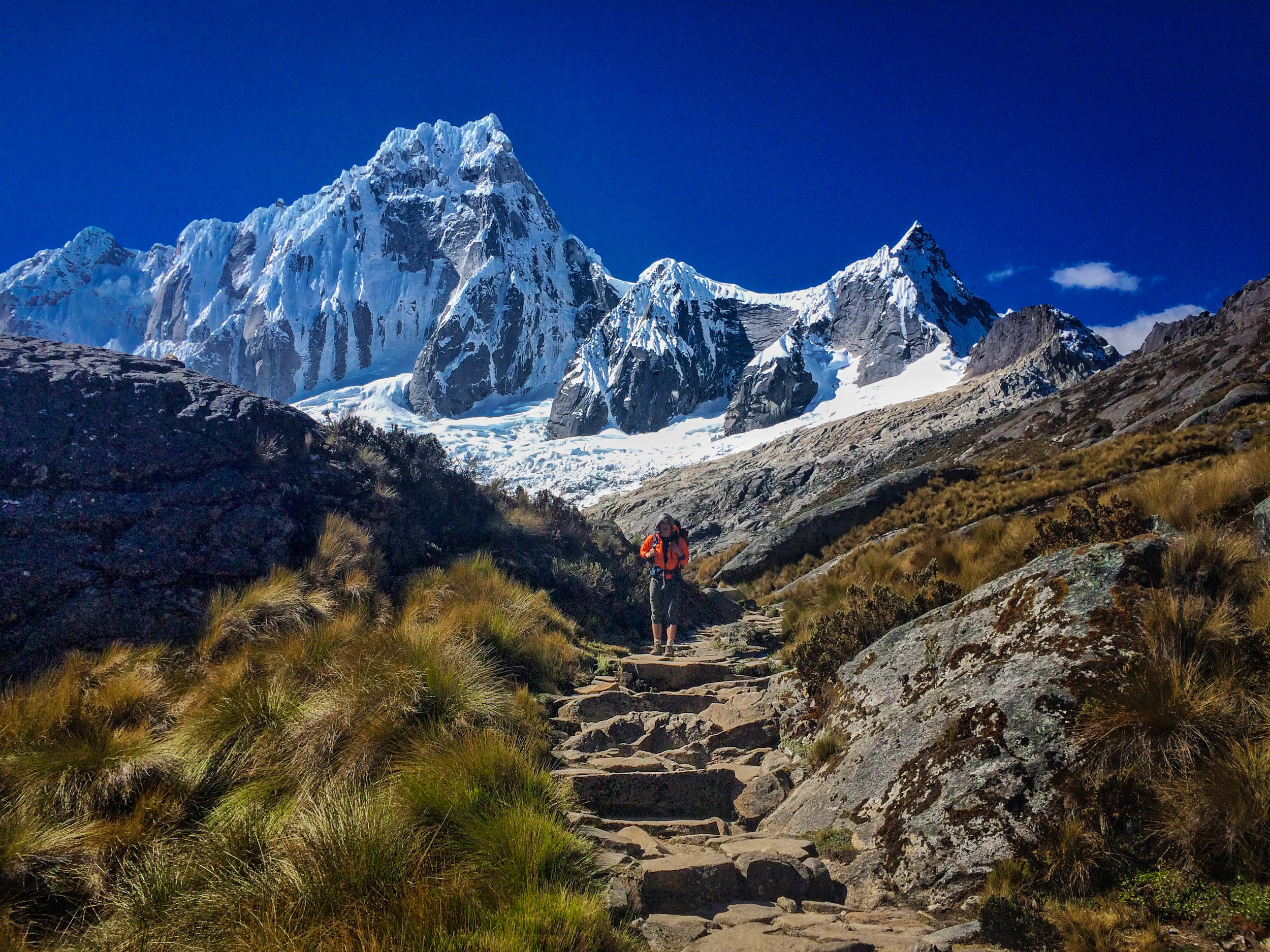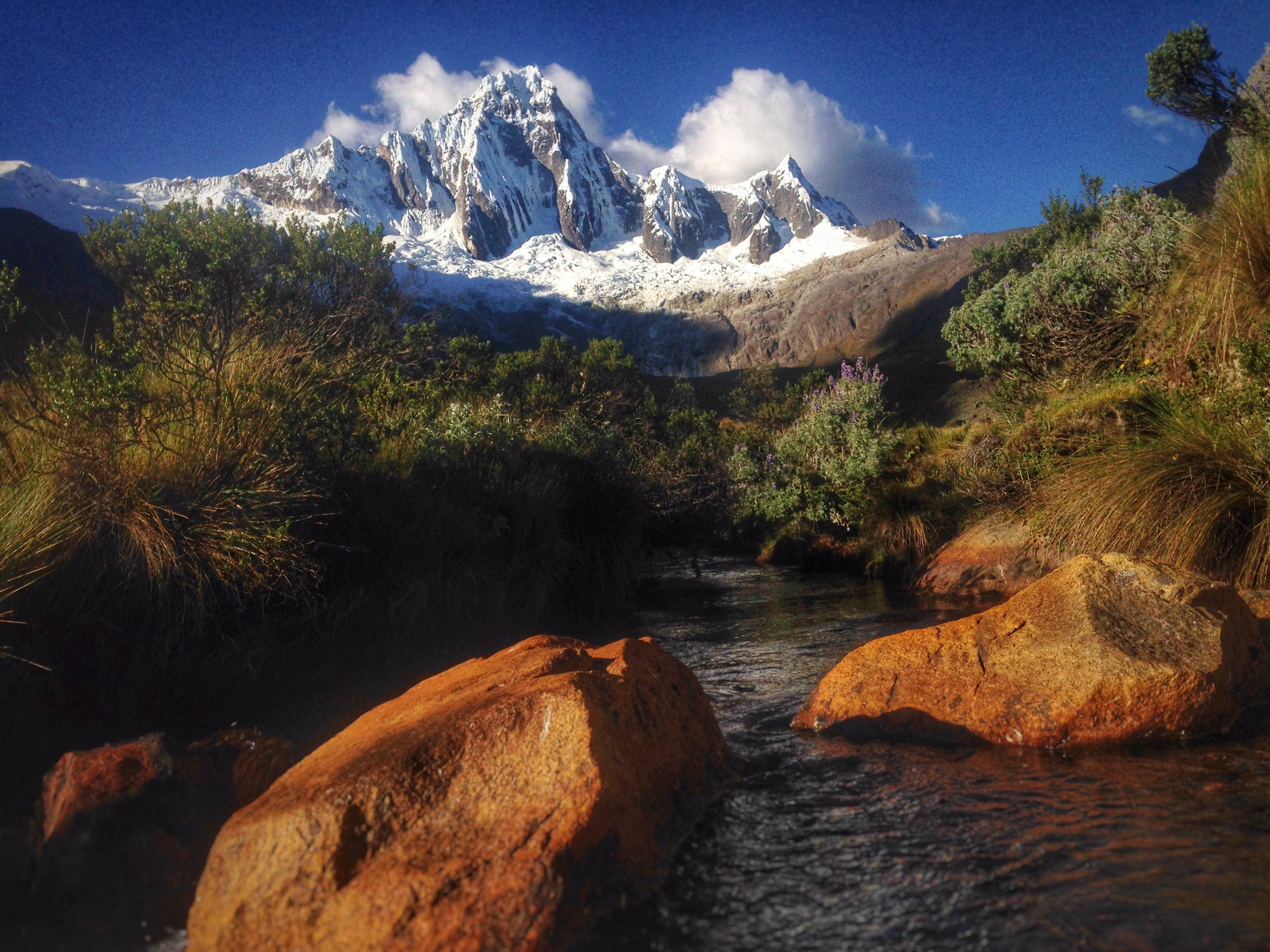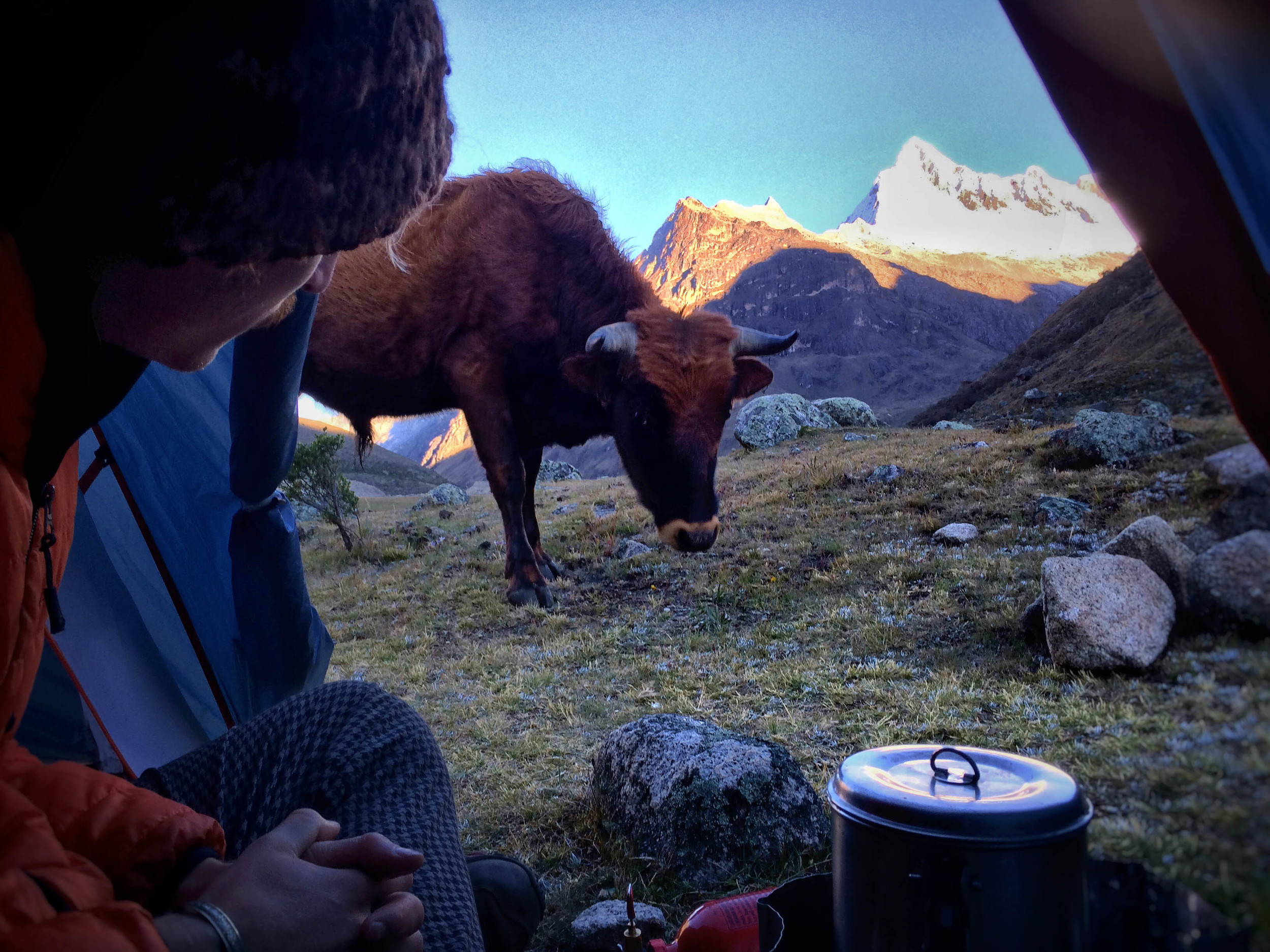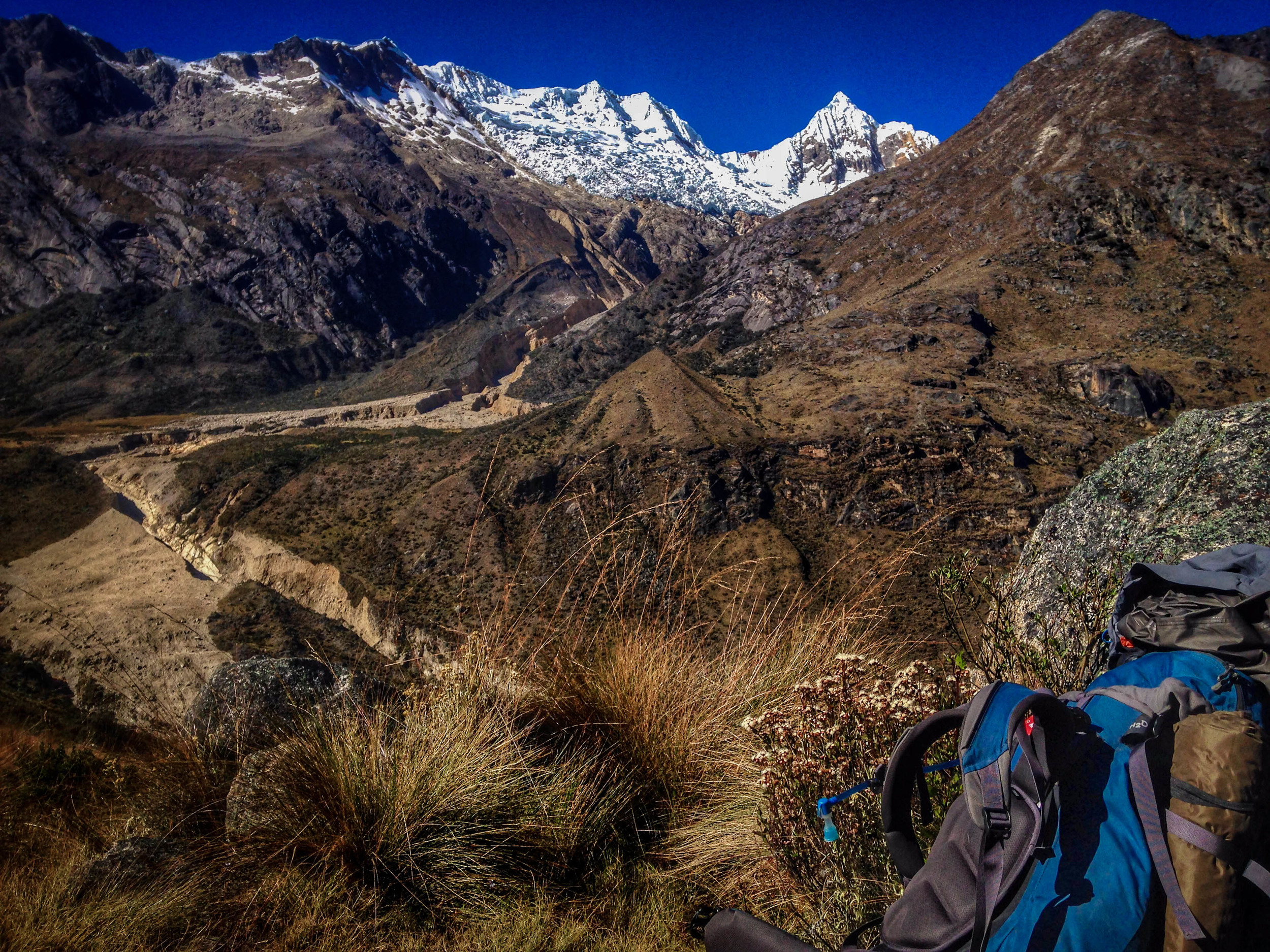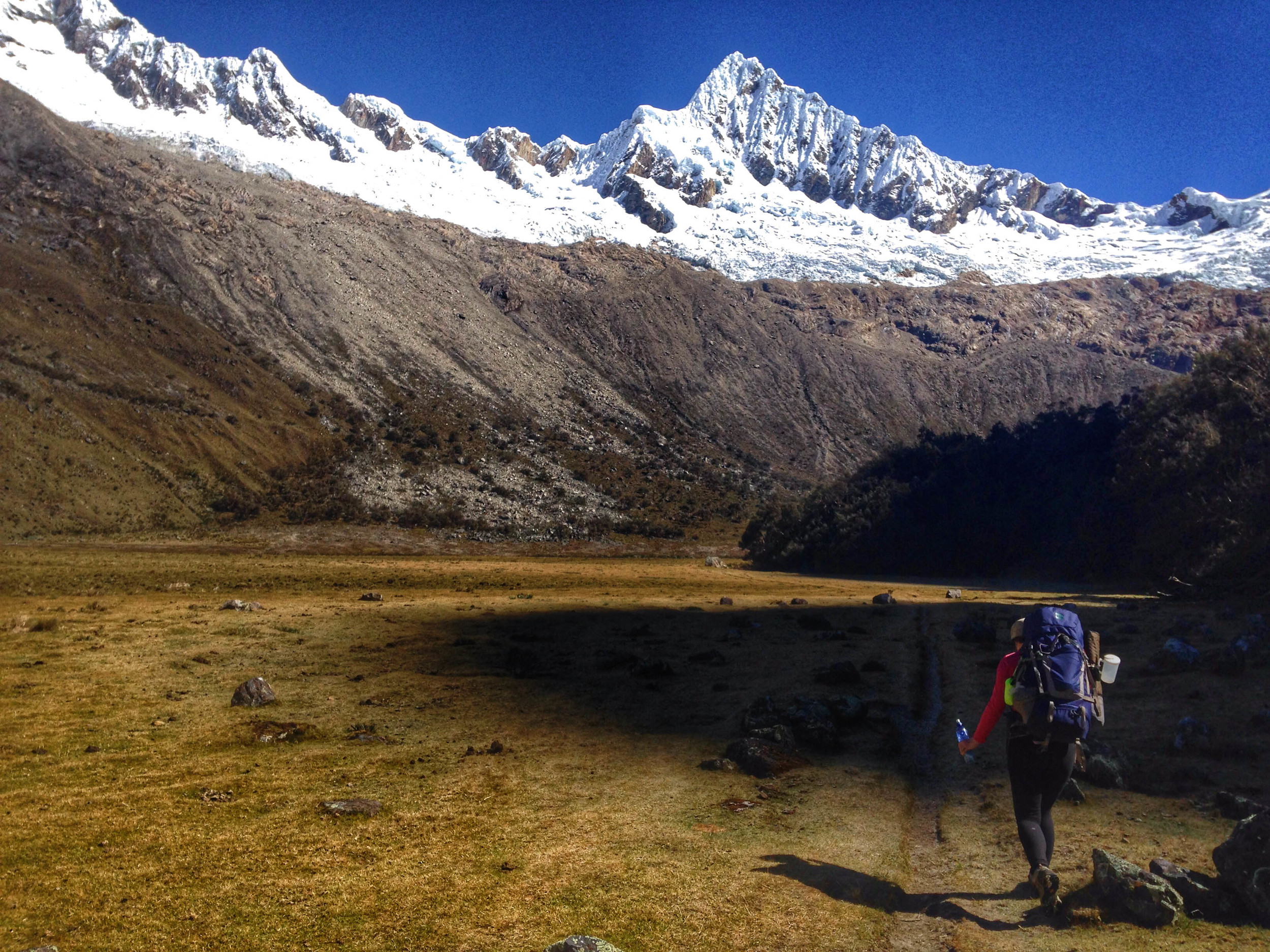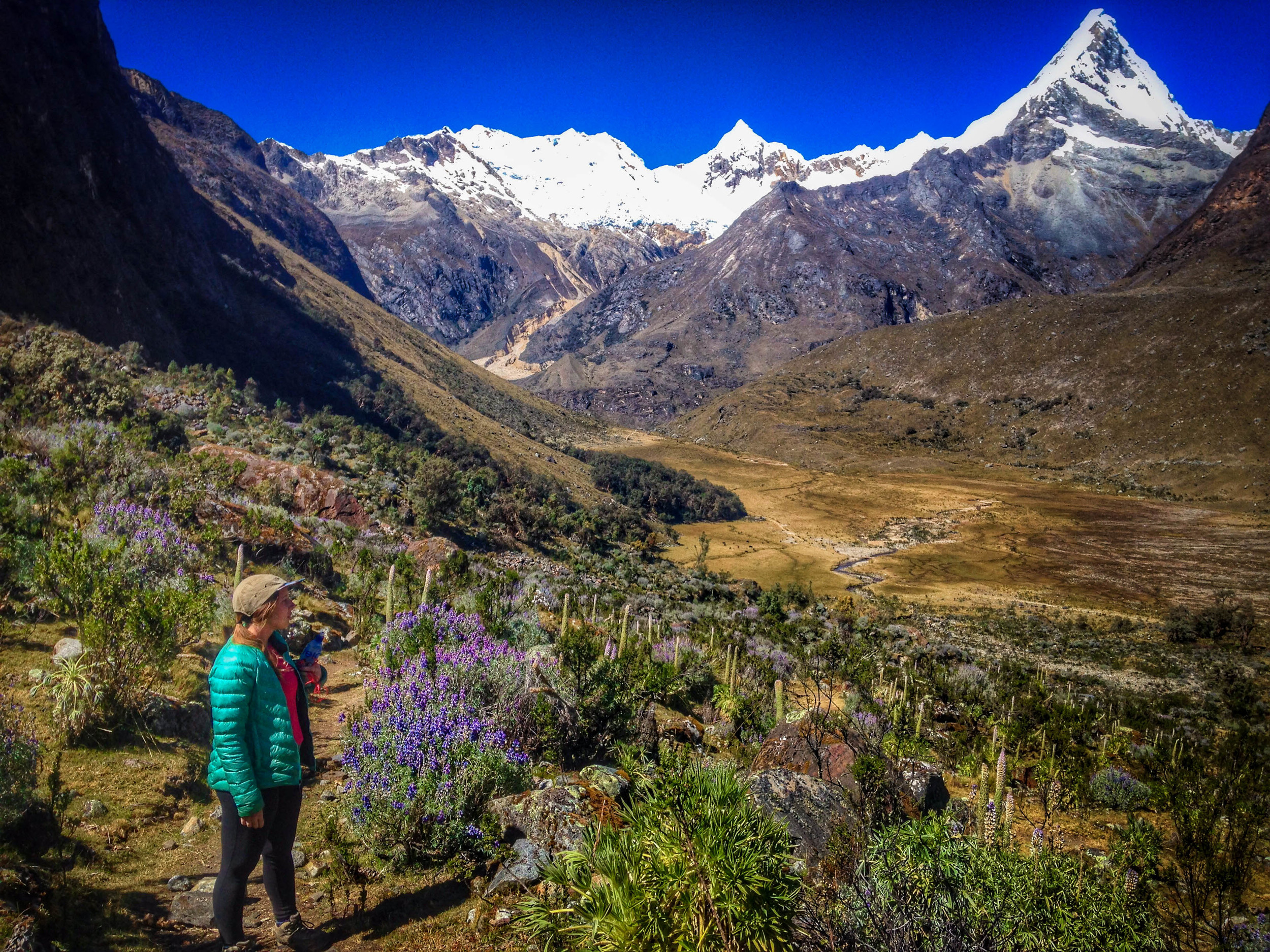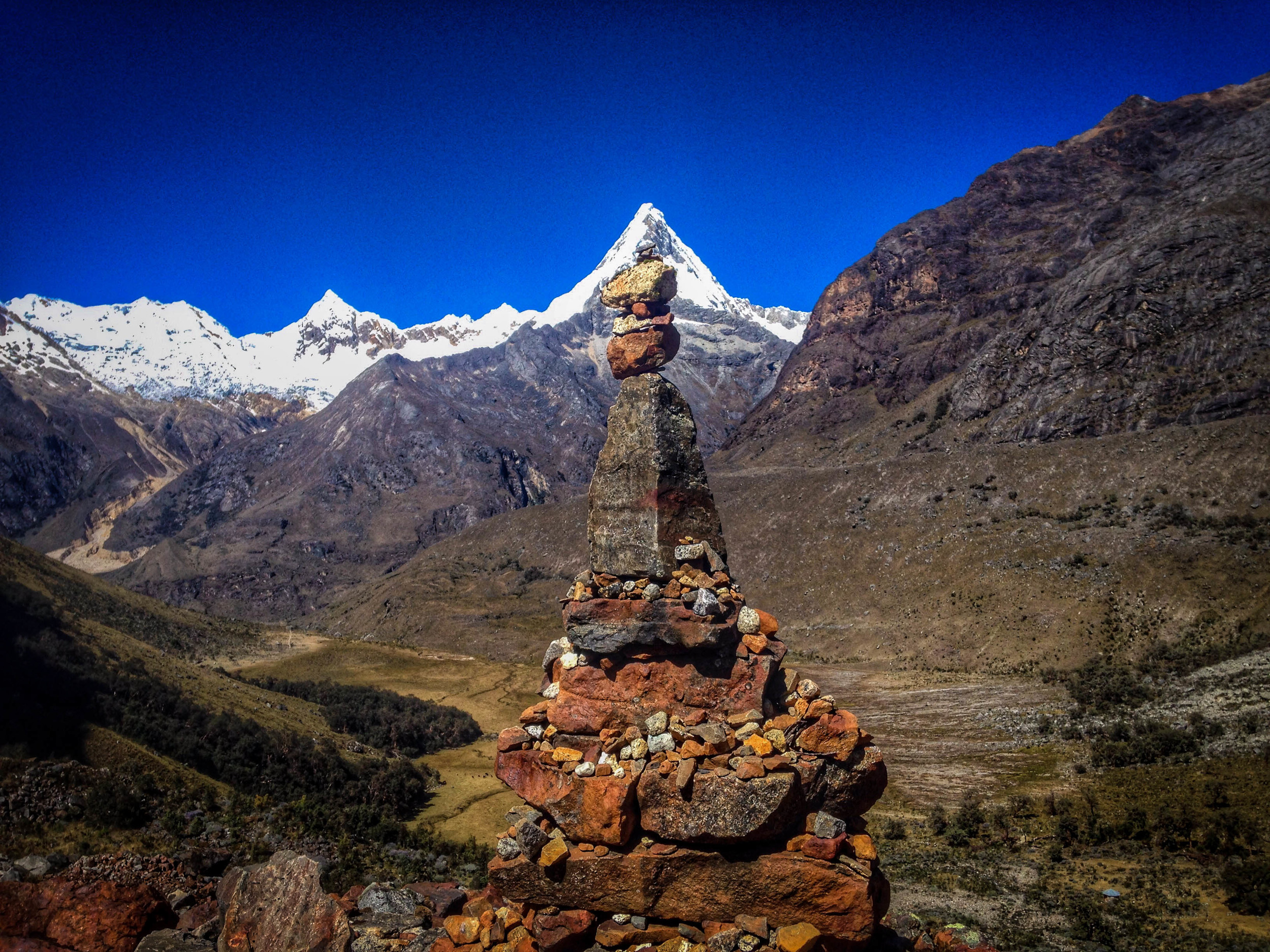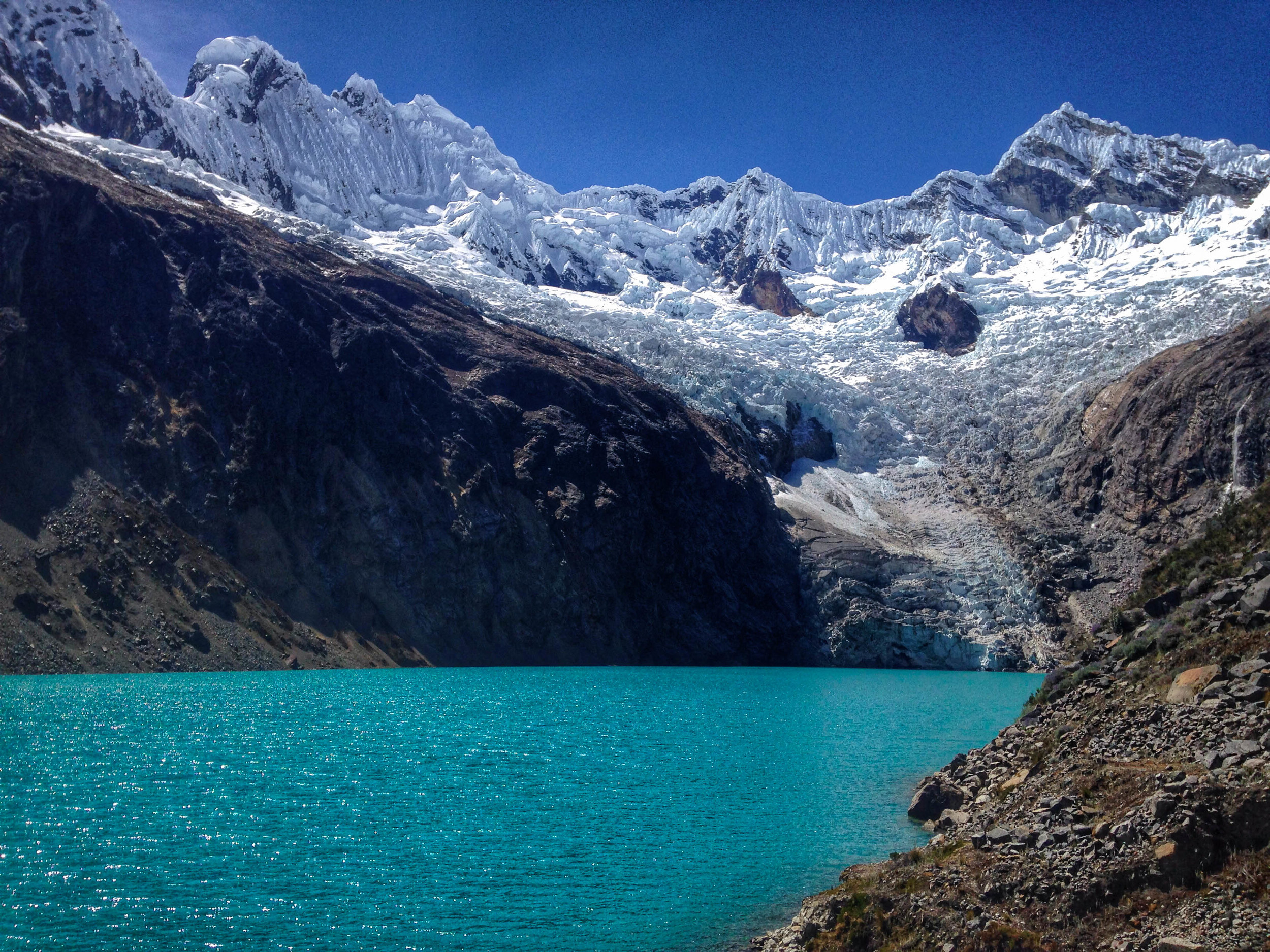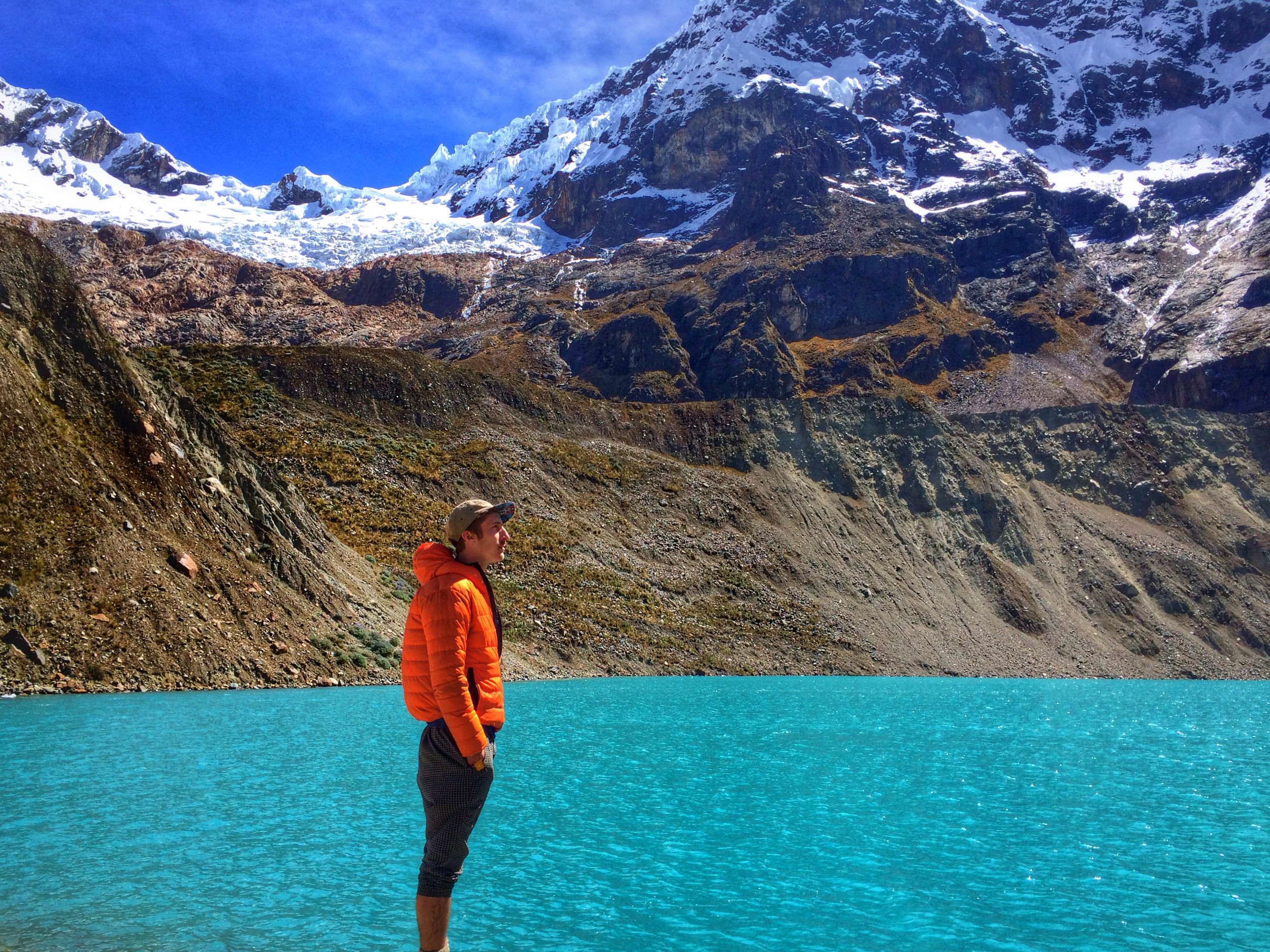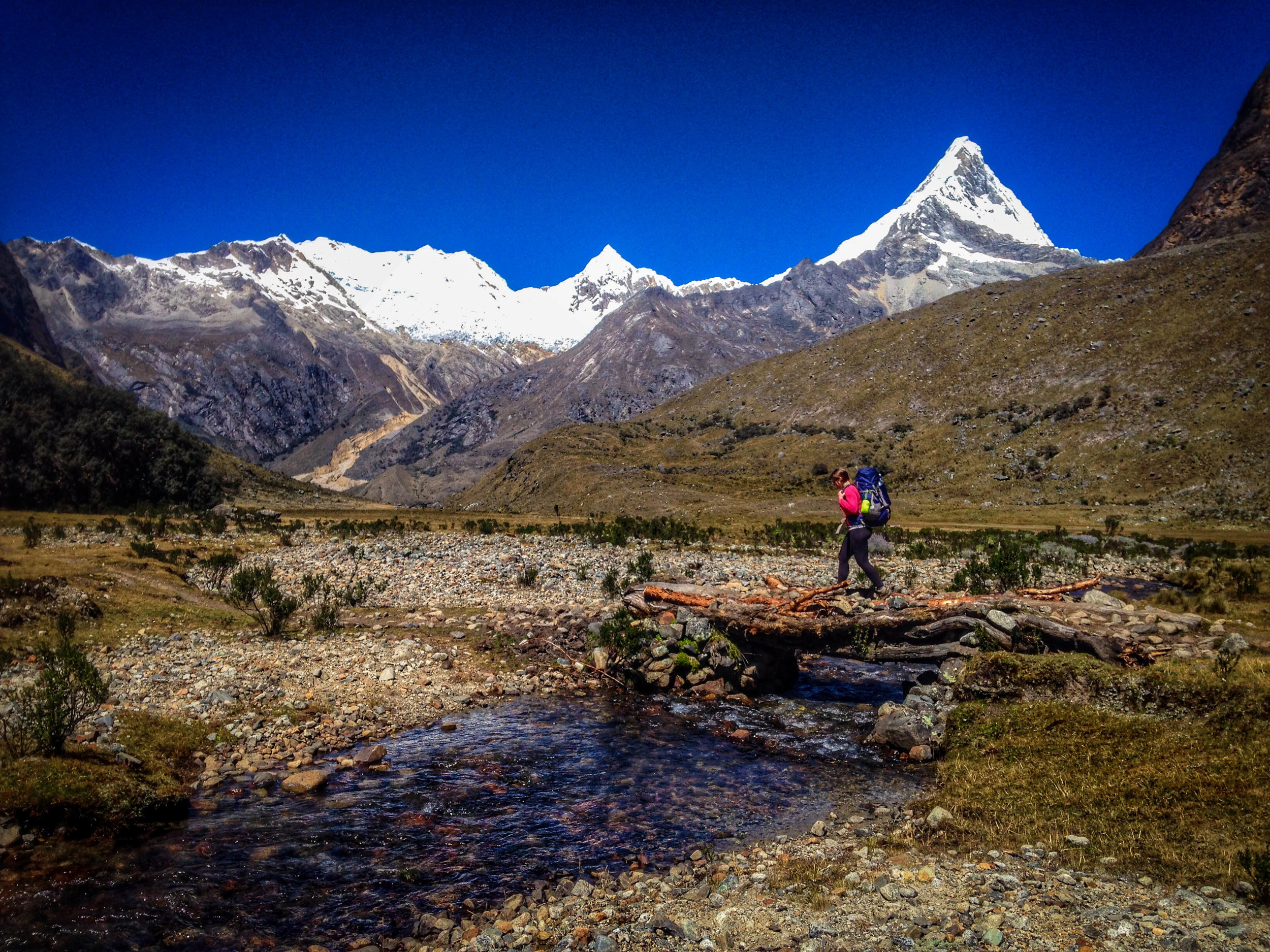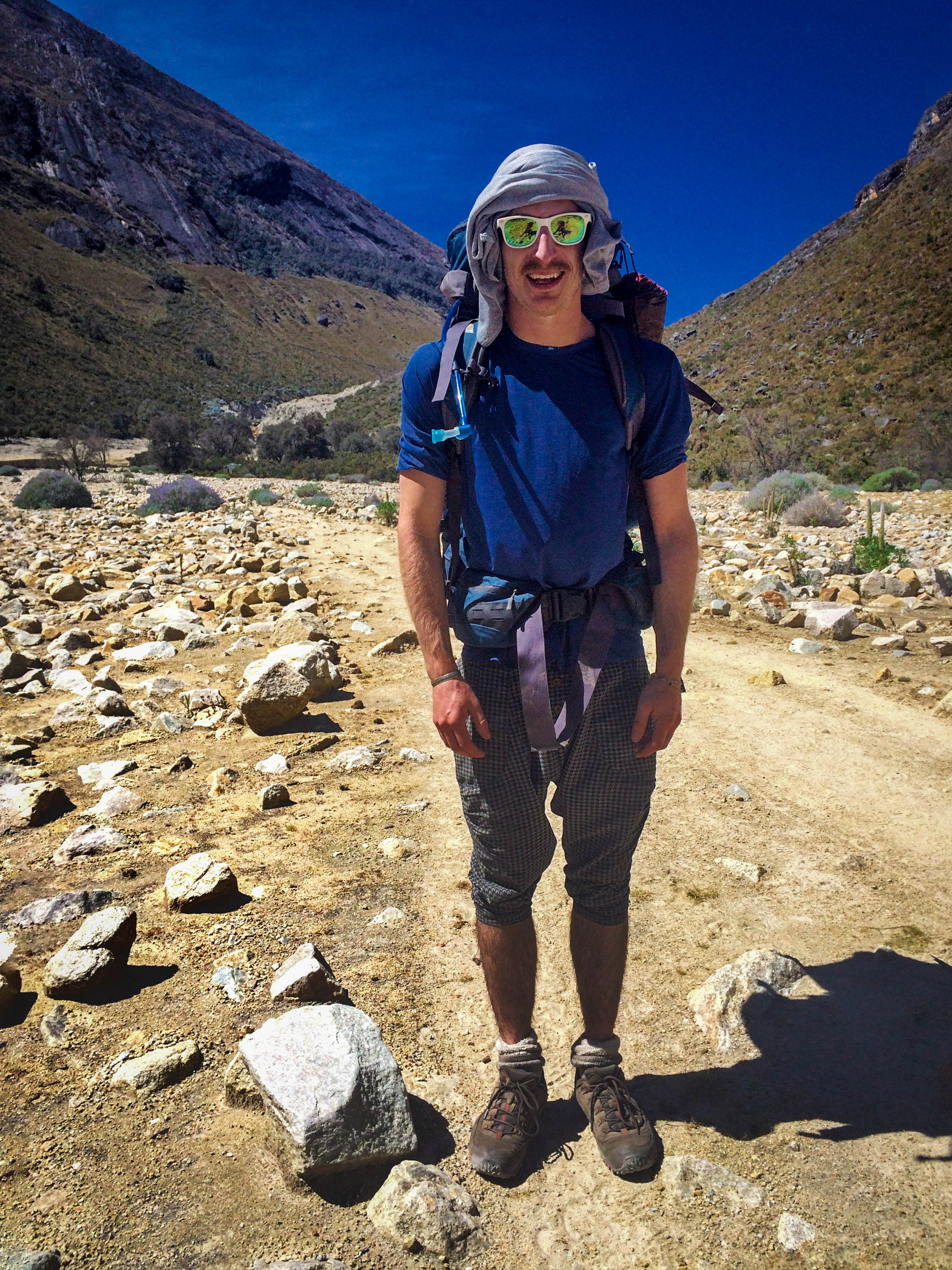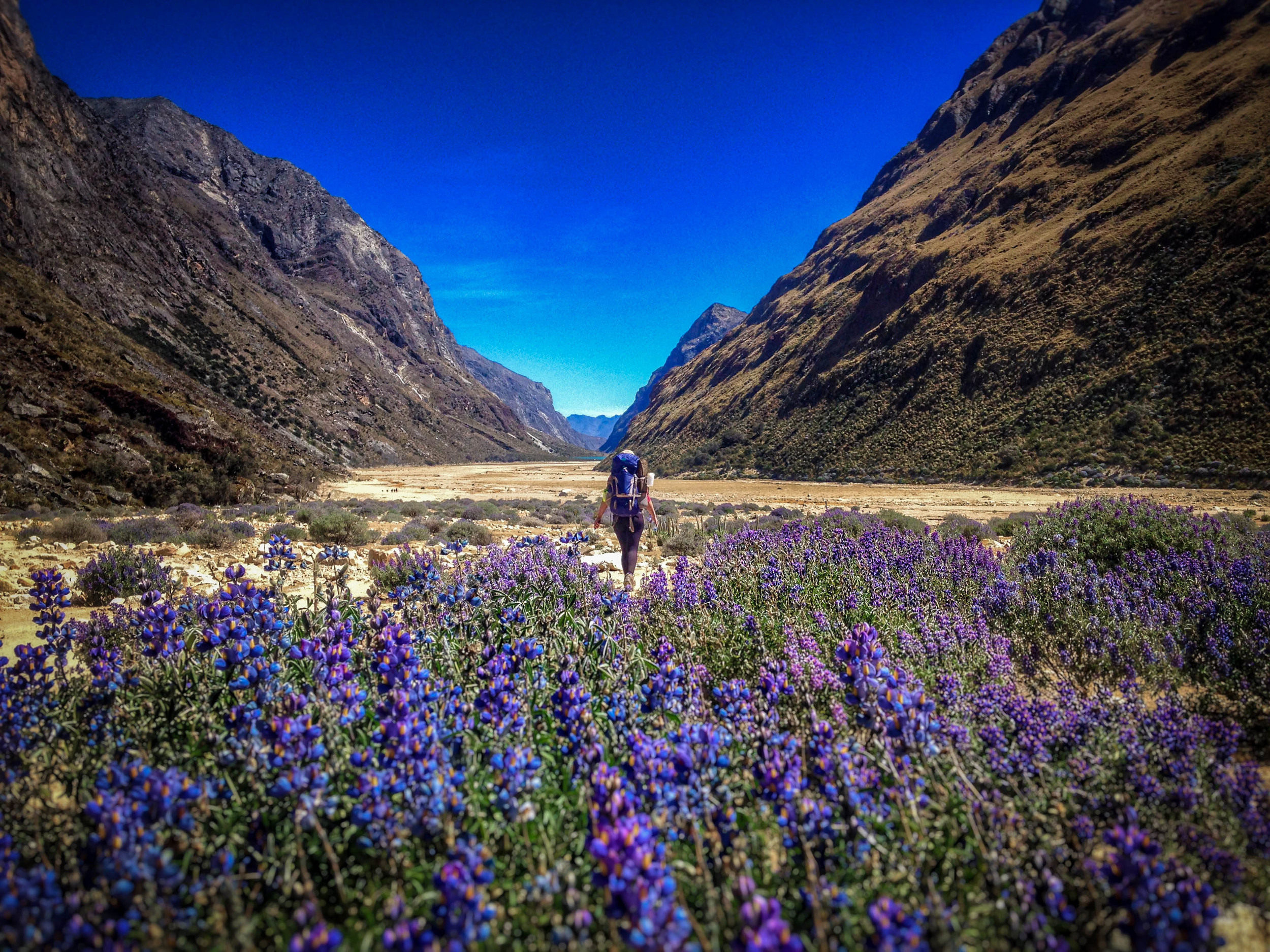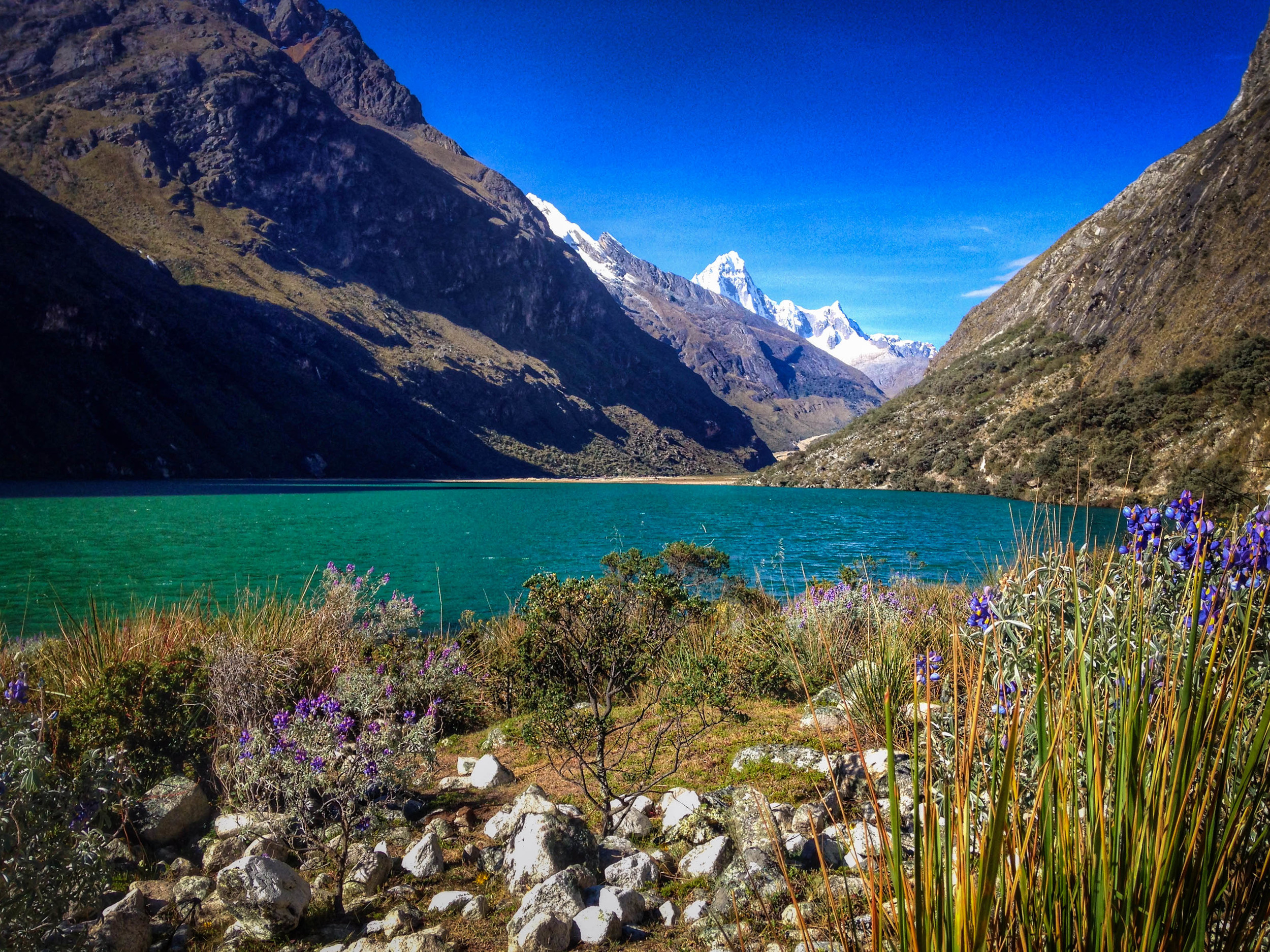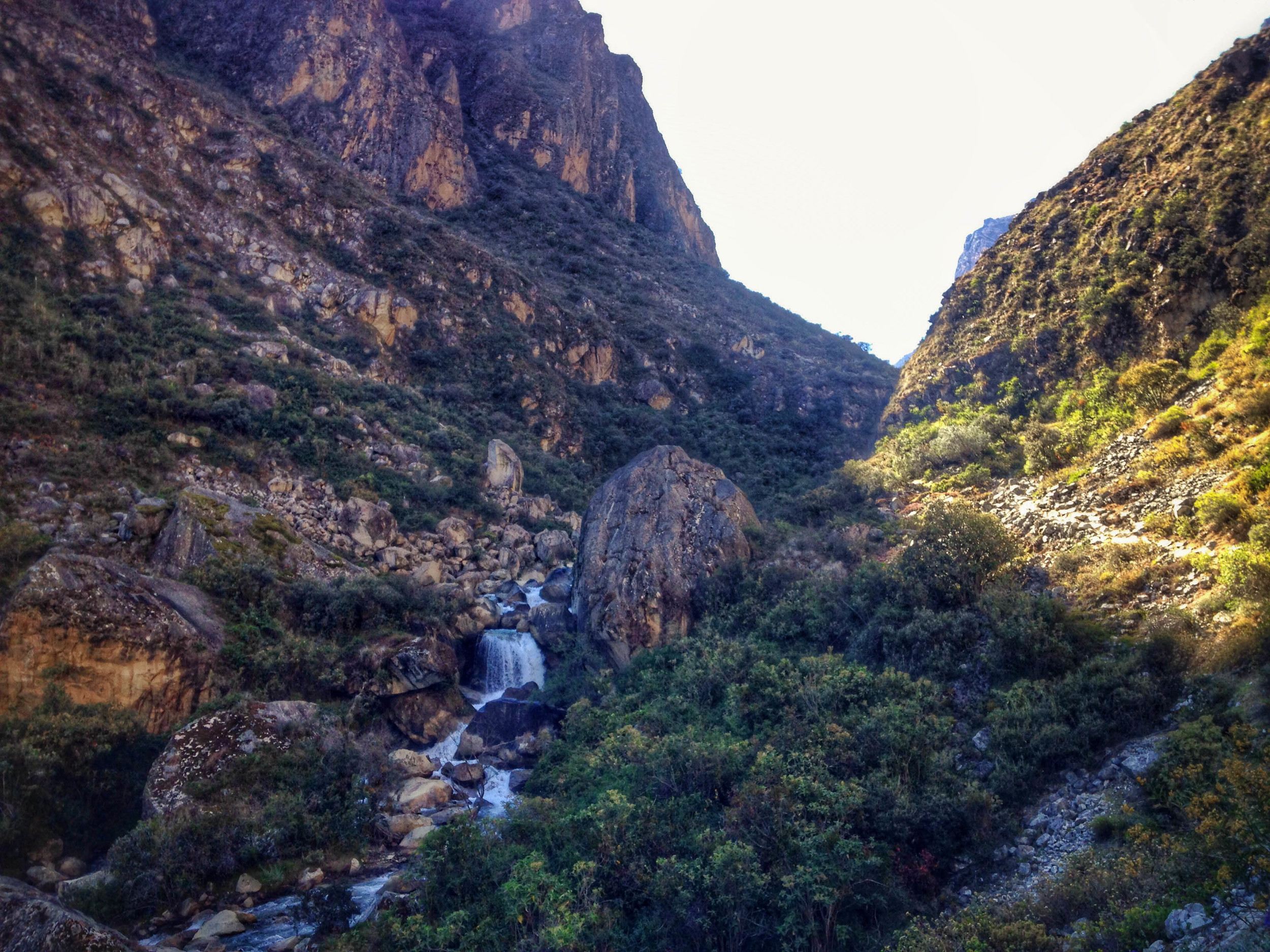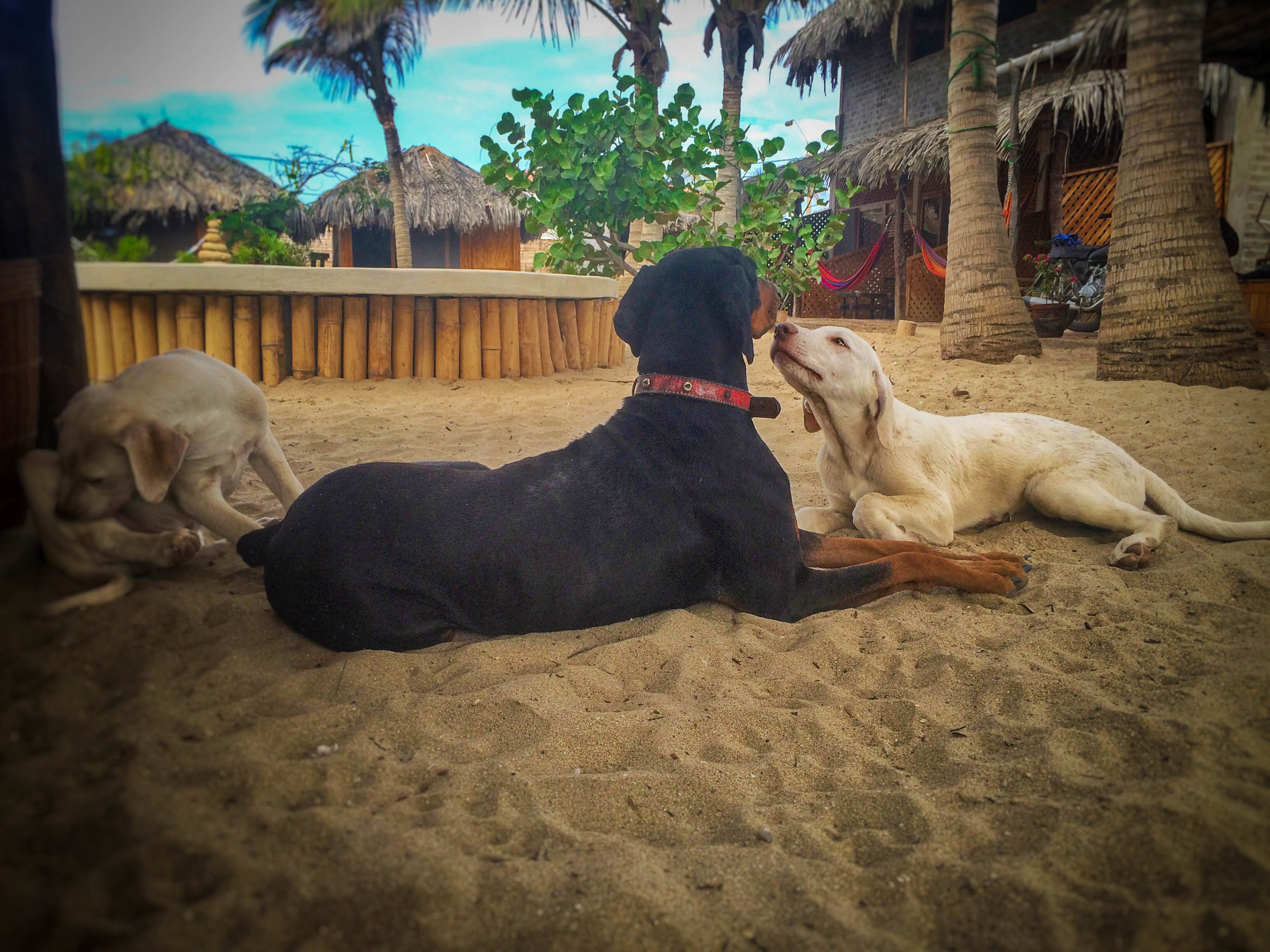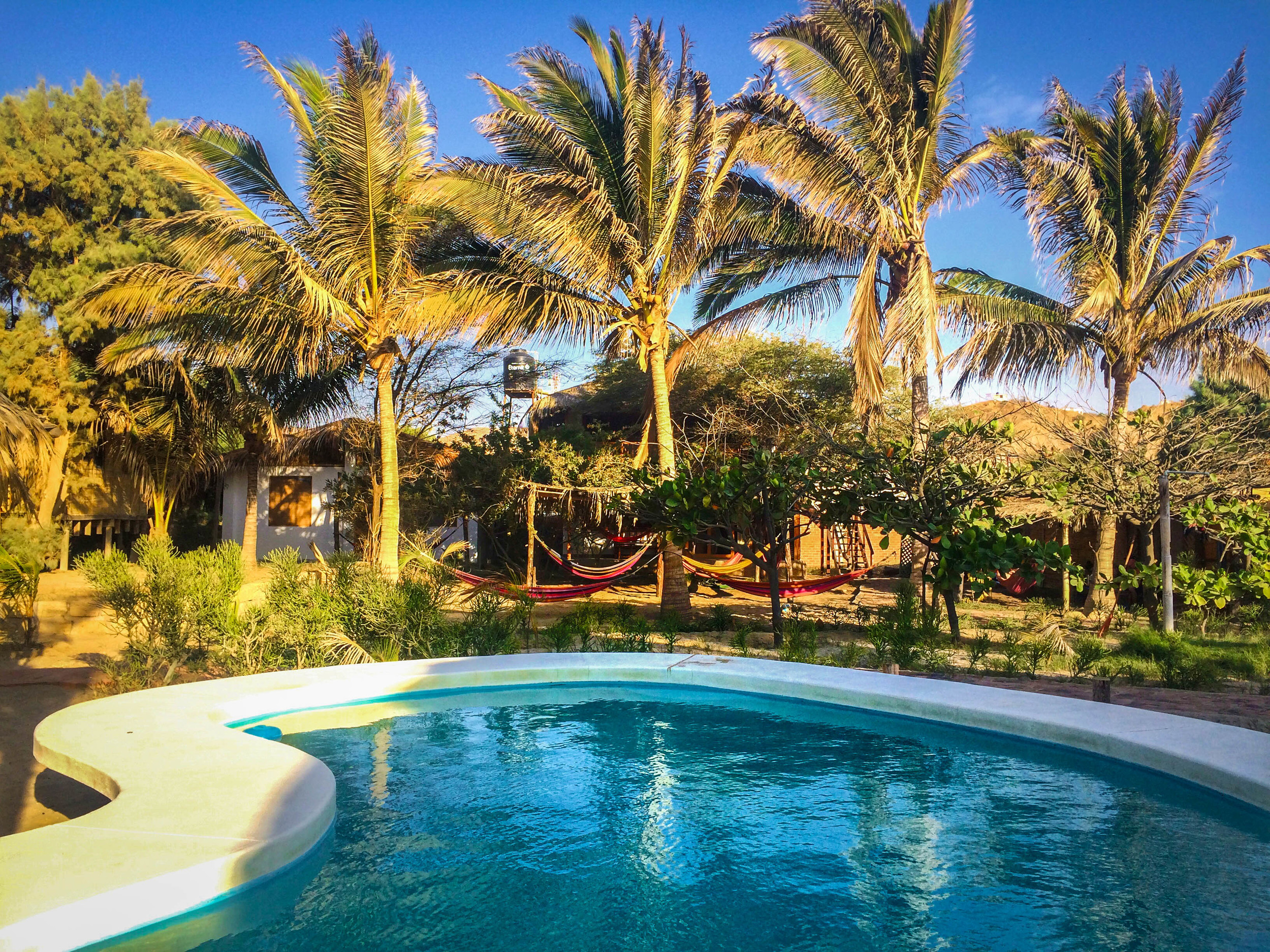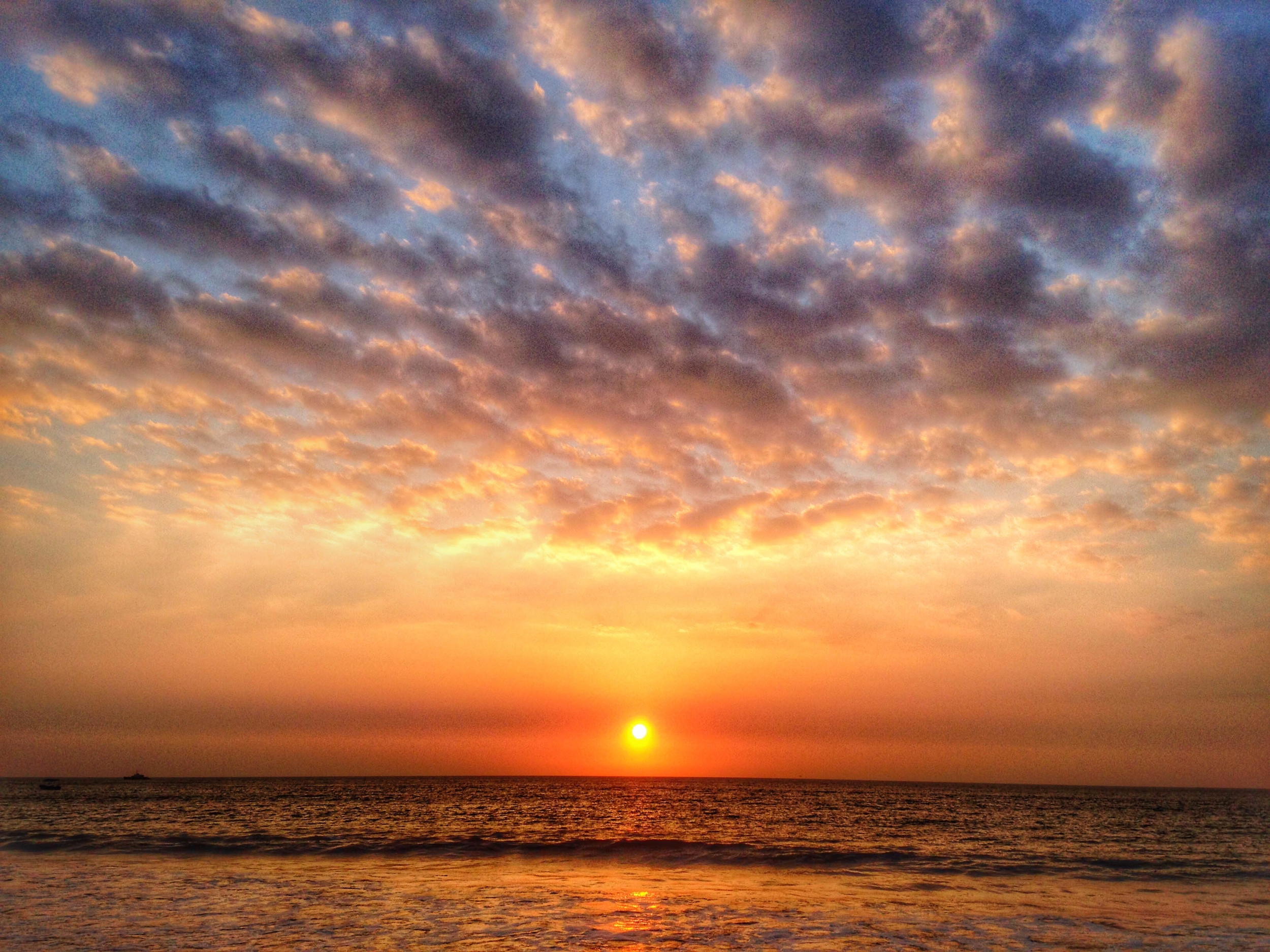-
December 2017
1
- Dec 14, 2017 A Moment in Belize and Mexico Dec 14, 2017
-
September 2017
1
- Sep 18, 2017 A Moment in Guatemala Sep 18, 2017
-
April 2016
1
- Apr 26, 2016 A Moment in Peru Apr 26, 2016
-
June 2015
1
- Jun 7, 2015 A Moment In ...Southern Patagonia Jun 7, 2015
-
May 2015
2
- May 22, 2015 A Moment in the Carretera Austral May 22, 2015
- May 4, 2015 A Moment In....A Volcanic Eruption May 4, 2015
-
April 2015
4
- Apr 24, 2015 A Moment In...Pichilemu and The Lake District Apr 24, 2015
- Apr 19, 2015 A Moment In...Between Here and There Apr 19, 2015
- Apr 13, 2015 The Long Hard Way to Marquito Apr 13, 2015
- Apr 1, 2015 A Moment In...Santiago Apr 1, 2015
A Moment in Peru
Time flies. Its been over a year since we left Vancouver and set off on our journey to road trip around Chile and Argentina for four months. The most poignant, detailed memories have faded into the hazy glow of nostalgia and we find ourselves fully settled into home-life. Luck was on our side when we arrived home late July— we’ve set up camp in a beautiful apartment with expansive views of the pacific. However, the urge to pack our bags and go is always crawling beneath our skin. While our next adventure(s) remain a dynamic cluster of question marks, half-formed ideas and pinpoints on a map, we’ve decided that we want to continue this project. We feel that Moments of Wander should extend beyond the scope of a road-trip chronicle. Just as we ended our travels with a promise to continue adventuring, we return to this project as two creative people with a desire to capture “moments” through sharing photos, videos, artwork and stories, both far away and at home.
However, before we depart into the uncharted waters of this project, we’d like to take a step back and complete the finale chapter of our South American journey…
Final Moments: Mendoza and Around
Delayed by the theft and overwhelmed by just how massive South America is, our dreams of driving up to Bolivia and exploring the salt flats proved too ambitious this time around. We tacked that adventure onto the ever-growing list entitled “South America Part Two: Everything We Missed”. Instead we spent a wonderful week and a half chasing the sun north to Mendoza Argentina, to indulge in malbec, steak and pick up Tavi’s temporary passport. On the way, we discovered some truly fantastic camp spots in the rocky desert foothills of the Andes.
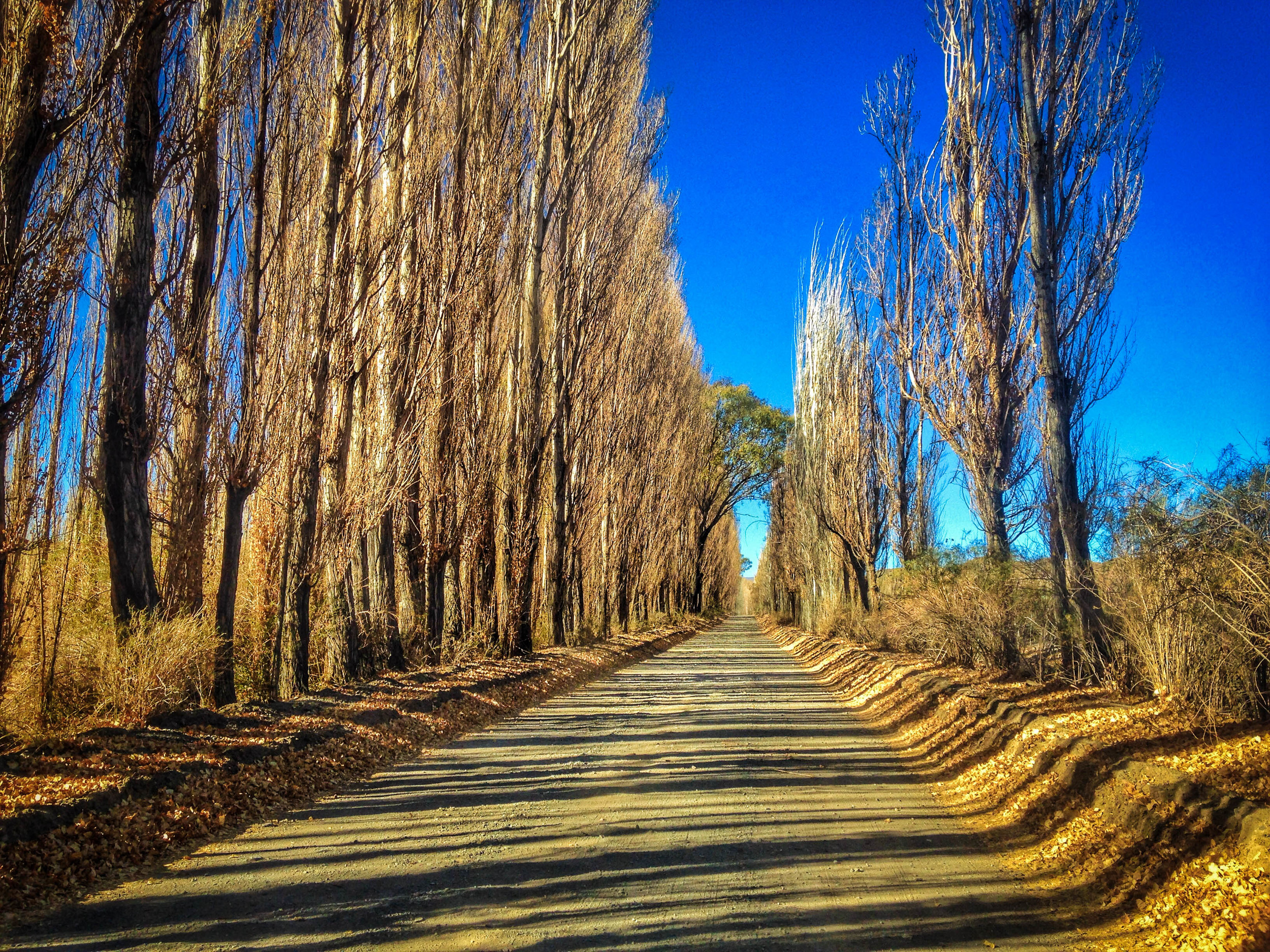
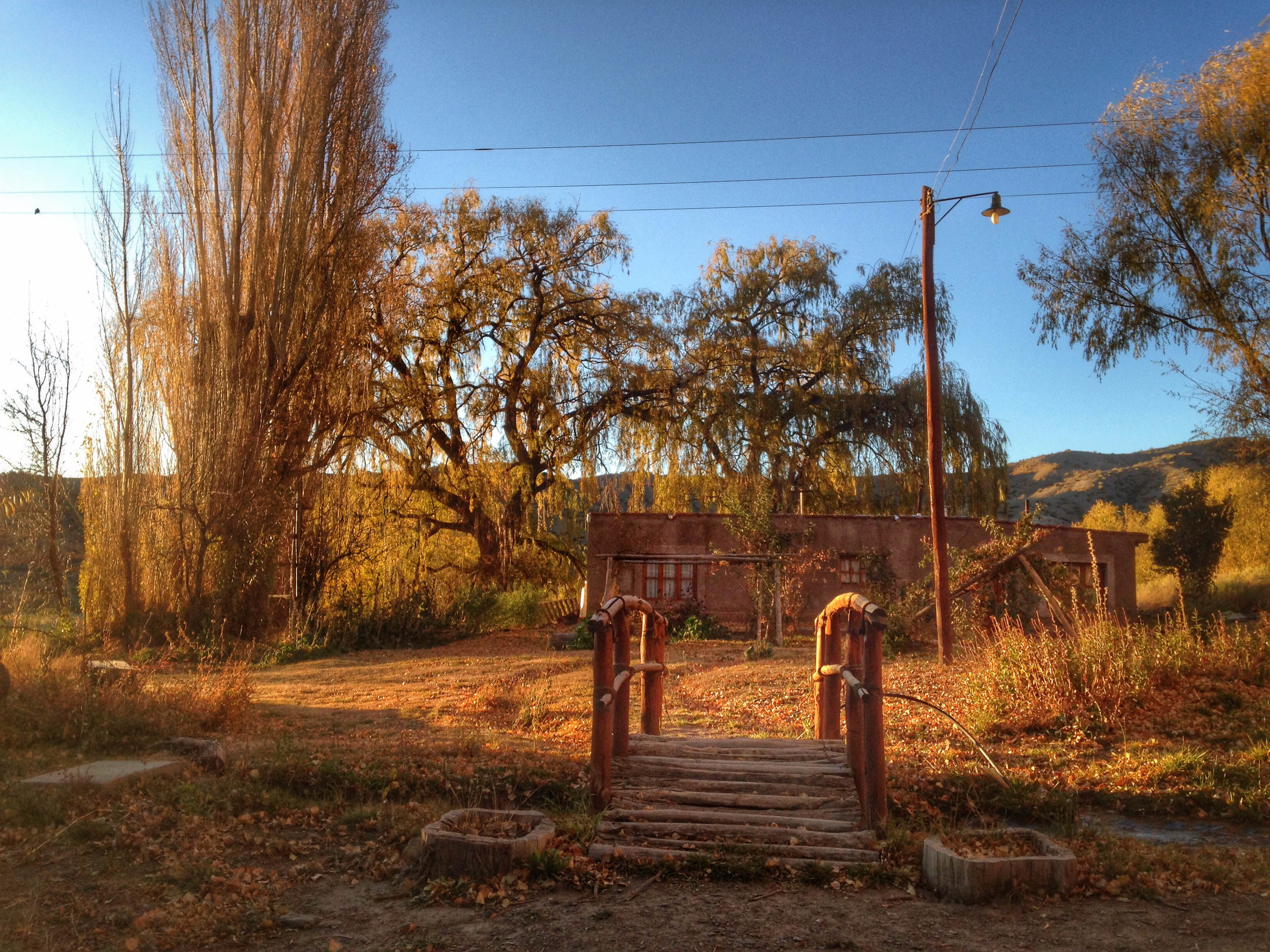
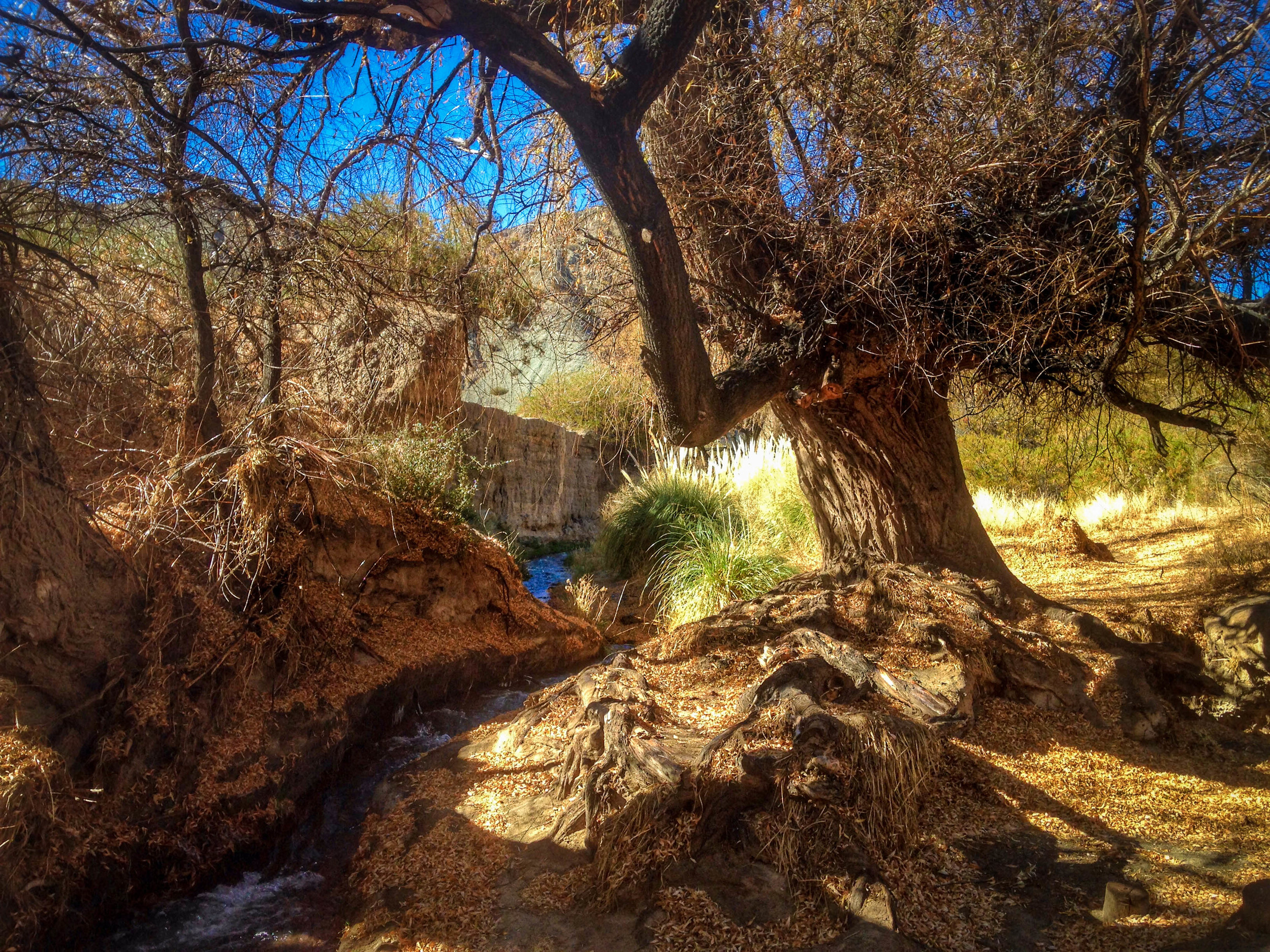
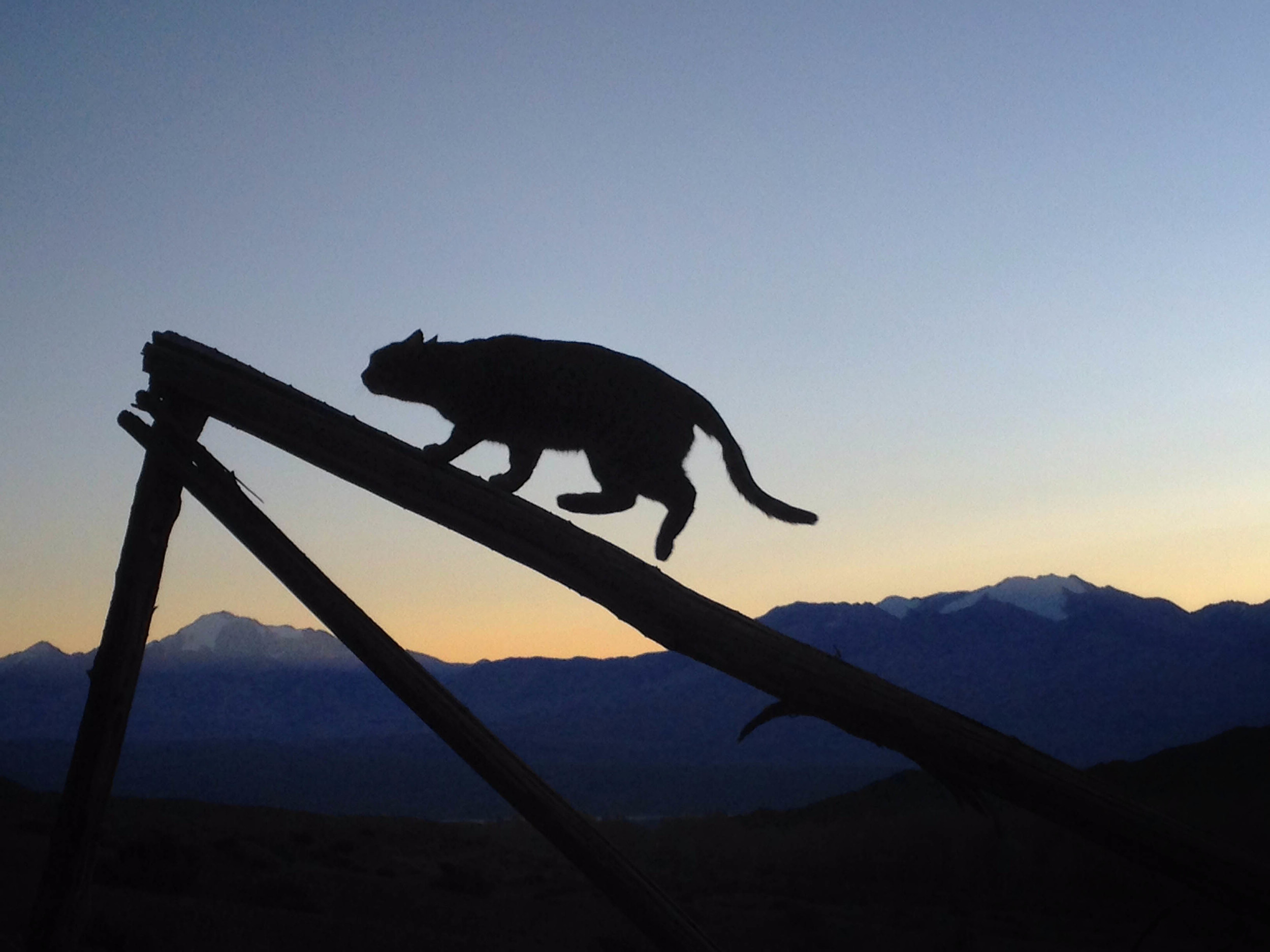


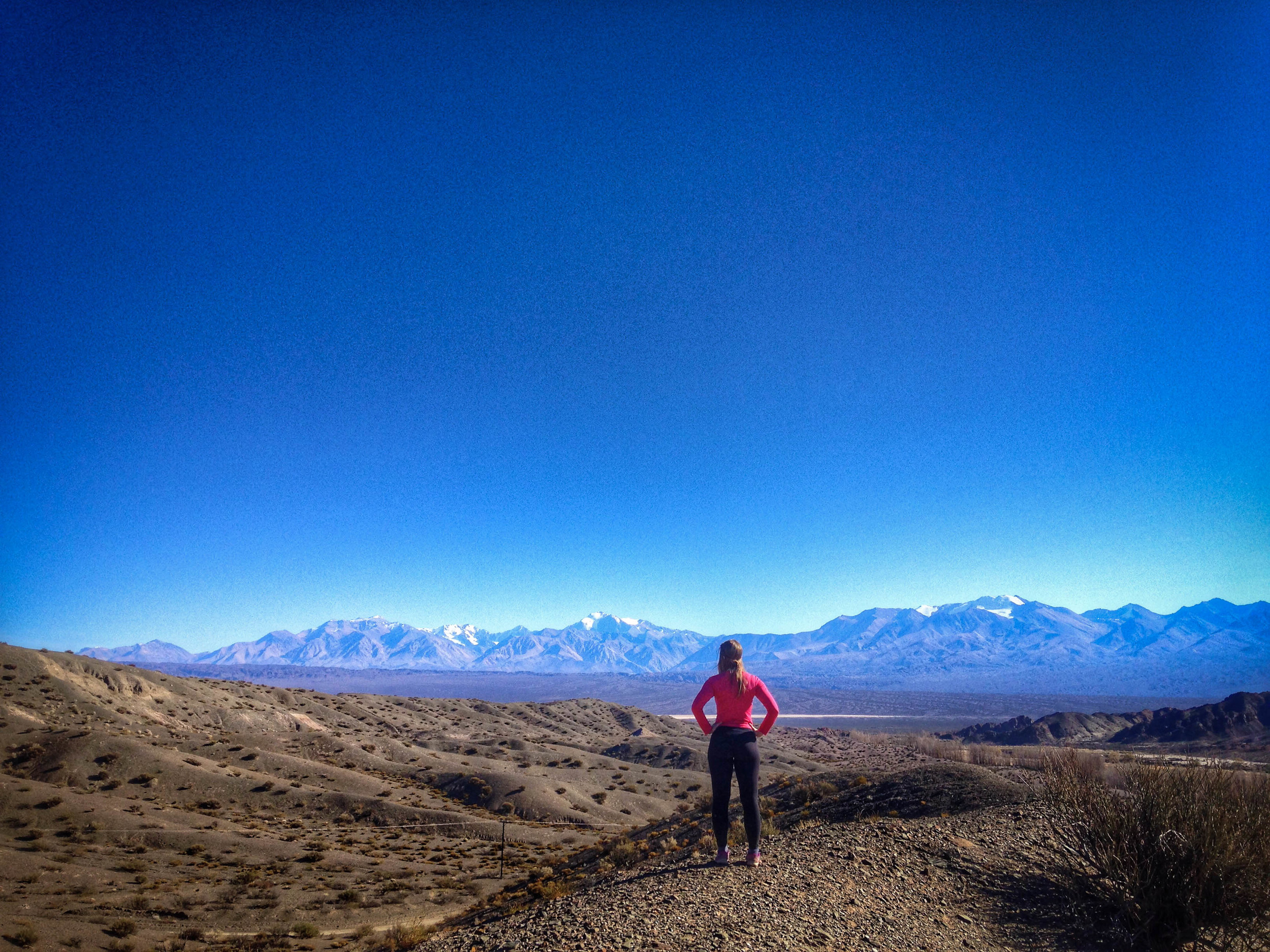
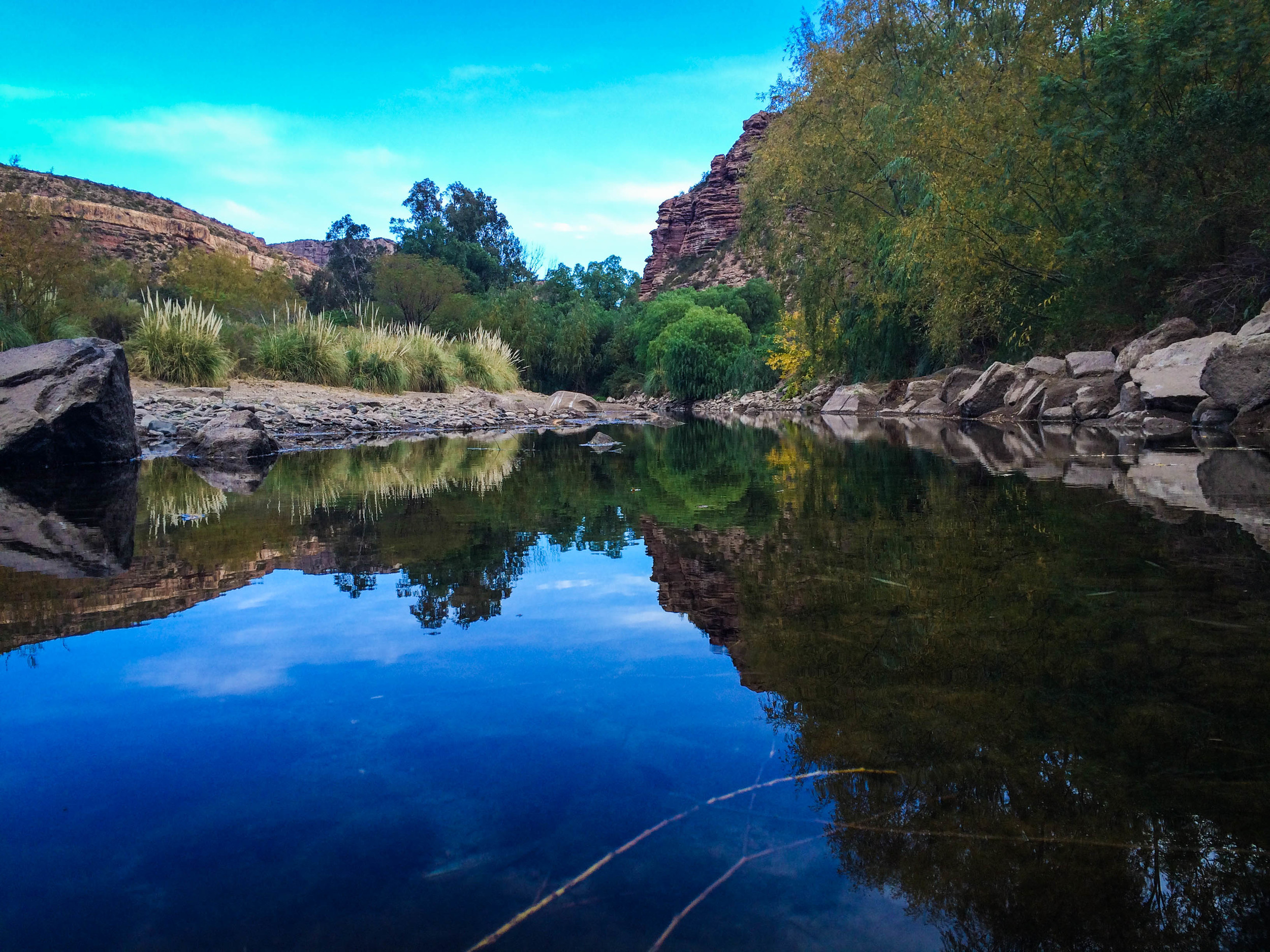

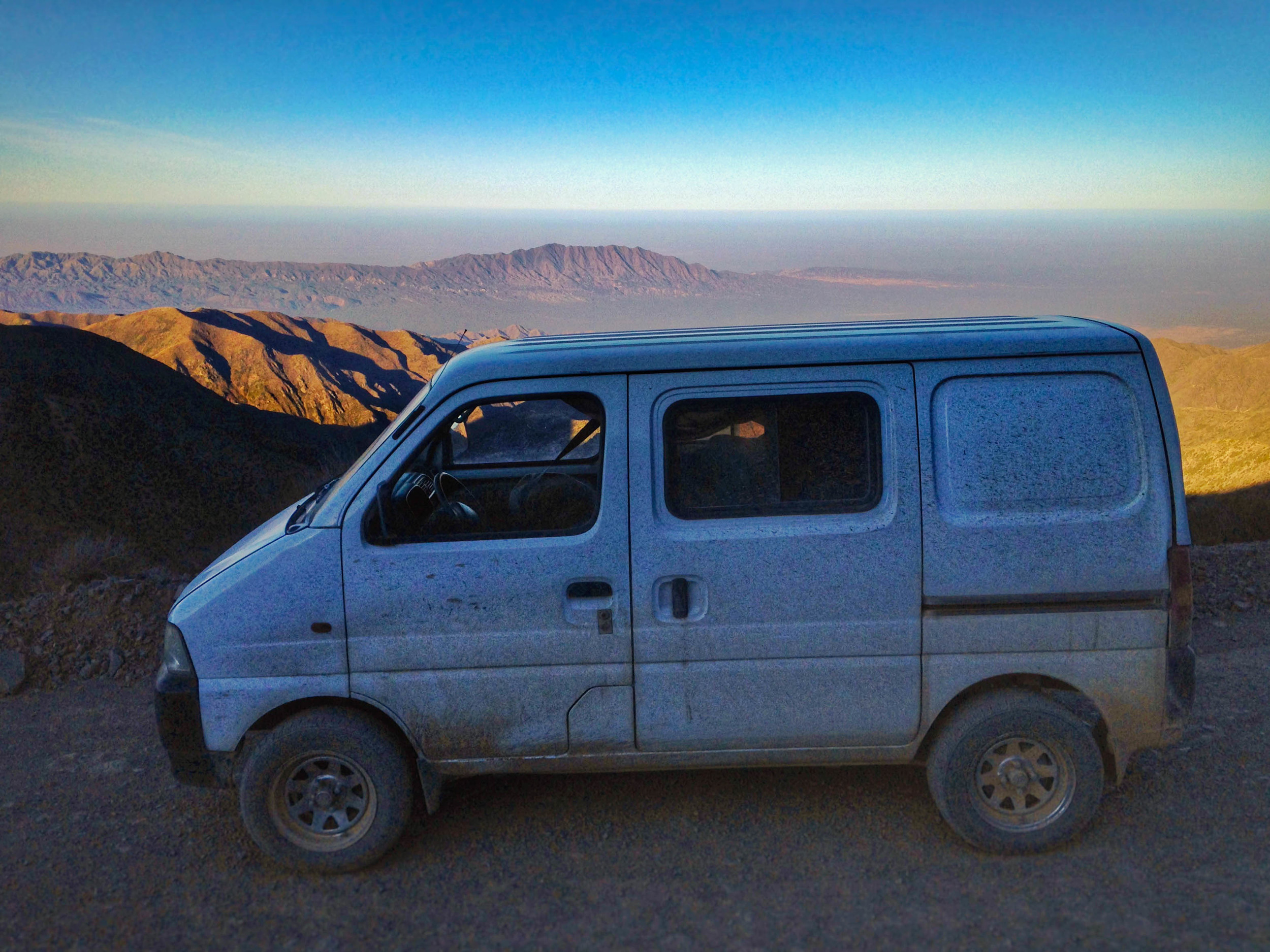
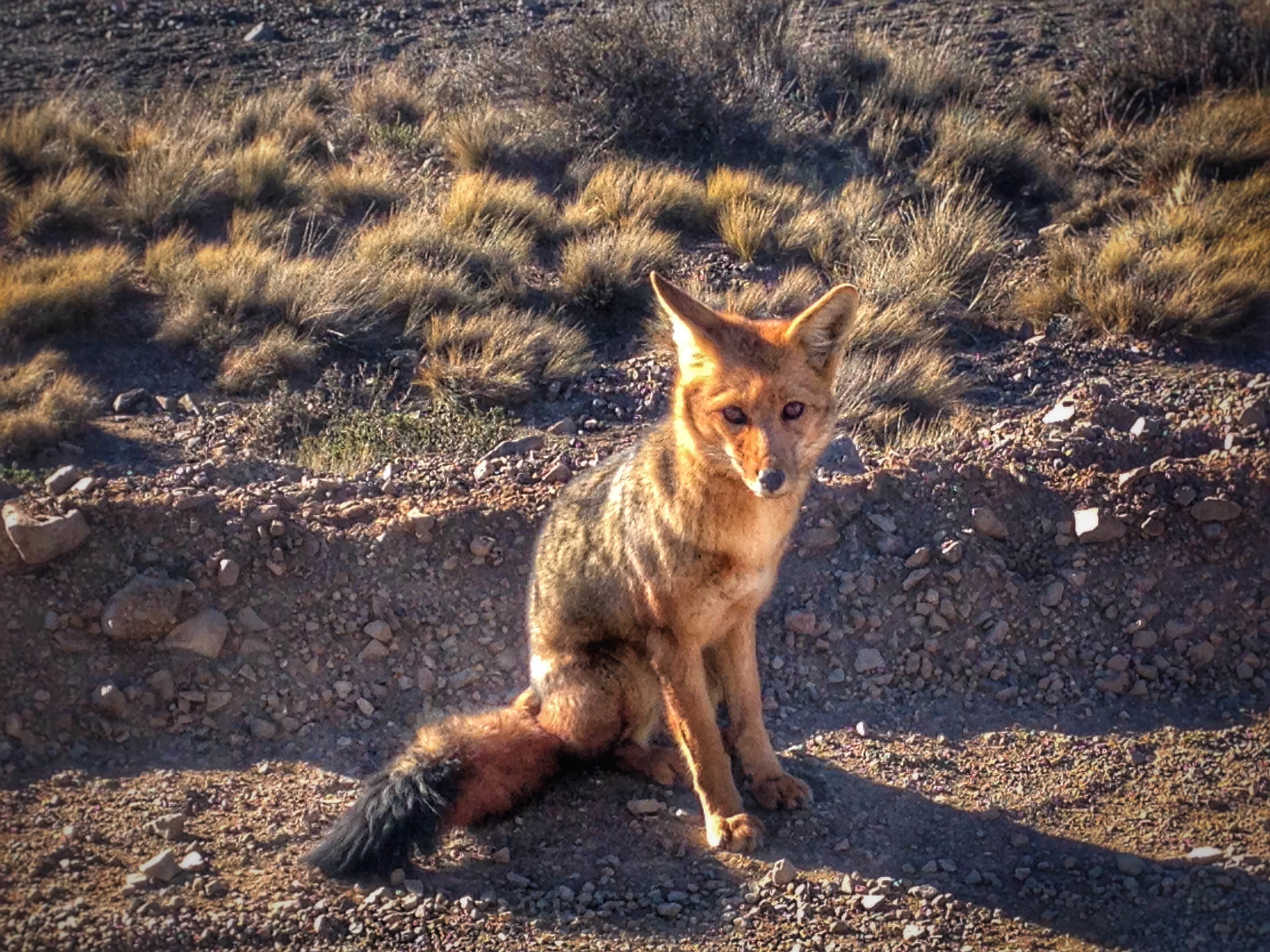
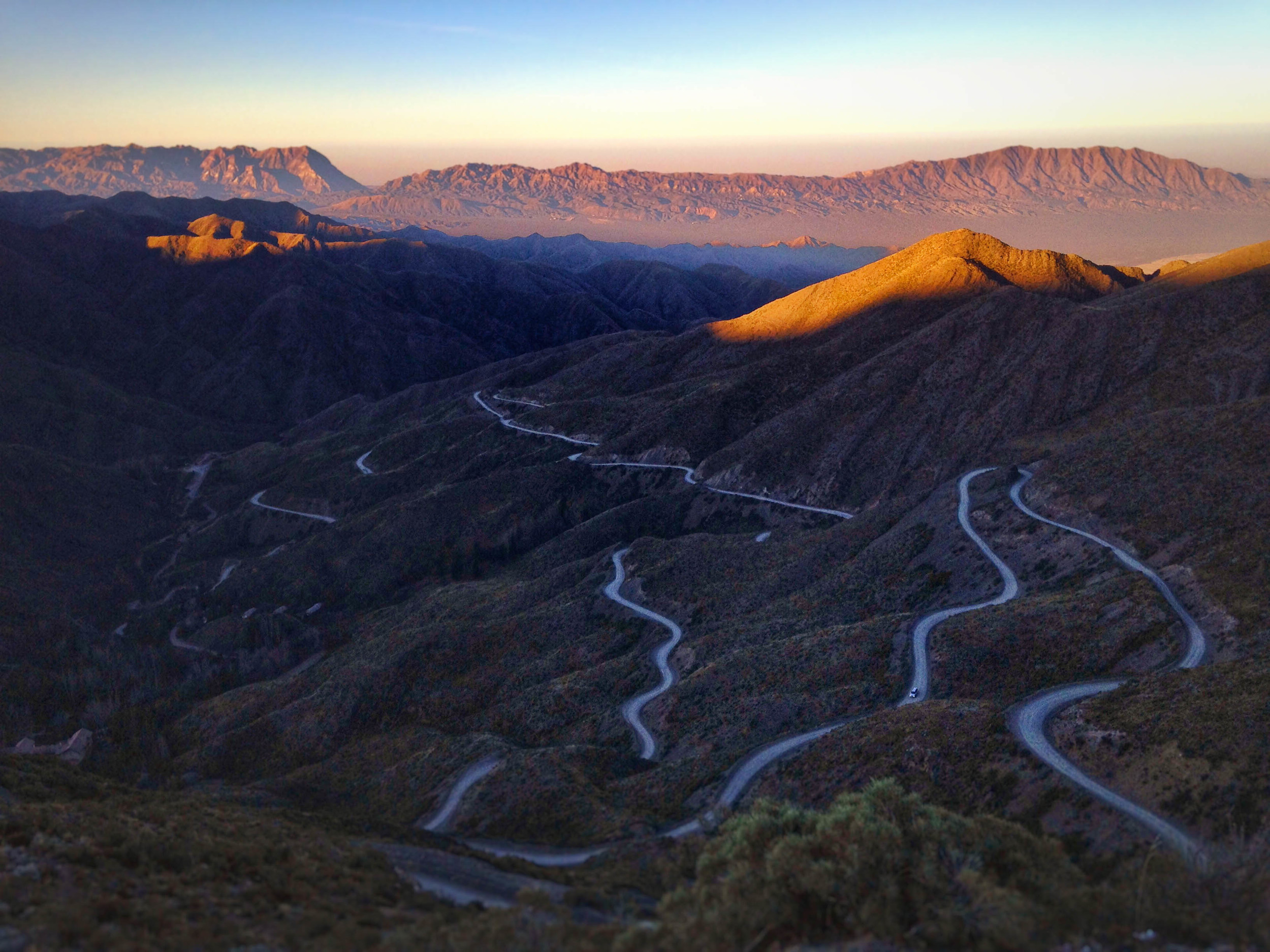
Peru
Our final two weeks were spent in direct contrast to the preceding three and a half months: we ditched the van, our bags of creature comforts and set our sights on a whirlwind tour of Peru as backpackers. It is worth mentioning that selling the car was almost as painstaking and laughable as buying it, but not quite as entertaining to tell the second time around. As much as we absolutely adore road tripping, our two weeks in Peru reminded us that it was a relief not to worry about our ride breaking down, or how many hours we’d have to drive to get from A to B.
Peru is a beautifully rich and complex country. It is home to a thriving mix of cultures, including the oldest civilization in the Americas— predating even the Incas. Once a hidden gateway for rulers of the Incan Empire, Machu Pichu is Peru’s most famous tourist destination, drawing travelers from all over the world into the high mountains of Cusco. Peru’s geography is also extremely diverse— arid deserts stretch for hundreds of kilometers along the coast, the towering Andes reach heights more impressive than it’s neighbors to the south while to the east, the deep lush jungles spill over into Brazil. This long and slim country is host to twenty-eight of the worlds thirty-two existing climates and this allows for an incredible range of biodiversity and stunning landscapes. A culturally, spiritually and visually stimulating country, we enjoyed our brief adventure immensely and have already envisioned returning again.
Lima
Our time in Lima was short, but the city left an impression on us. With over ten million people calling it home, Lima is one of the largest cities in South America. The contrast of the huge bustling city with the relative solitude we had experienced most of our trip was almost overwhelming, yet very exciting. Due to the realities of unaddressed poverty in such extreme density, crime rates in Lima are high and as such, we were quite limited in our exploration of the city. We stayed in Miraflores and Barranco, affluent districts lined with palm trees and teaming with shops, restaurants and hotels. Lima is renown for its vibrant food scene ranging traditional dishes to refined global fare and we made the most of it during our stay— eating and drinking the most divine ceviche and pisco sours that we can only dream of now.
One question we are continuously asked is why we chose not to visit Machu Pichu. For us it boiled down to three things: we simply did not have enough time or money left to explore Cusco the way we wanted to and secondly, it was high season in that part of the country and we craved the solitude we had been afforded for most of our trip. Finally, Machu Pichu is yet another reason we are motivated to come back and continue our adventures. Two weeks is far too short of a time to explore Peru and we feel we have barely scratched the surface of this beautiful country.
Huaraz
Once again the mountains called us home. We headed north to a spectacular section of the Andes called the Cordillera Blanca. This region boasts a striking concentration of 6000m peaks, deep valleys and stunning glacial lakes. We purchased bus tickets from Lima to Huaraz, dreading the seventeen-hour drive. However, our reasonably priced first class tickets afforded us a much better ride than our previous experiences on overnight busses — Canada’s Greyhound line certainly has a lot of catching up to do. We sat on plush seats that fully reclined and entertained ourselves with personal screens containing an impressive selection of current movies. The long drive was over in no time and we stepped off the bus feeling distinctly more refreshed than anticipated.
The city of Huaraz lies in a small valley surrounded by white giants. However, clocking in at more than 3,000 meters above sea level, even the valley requires acclimatization. Mild symptoms of altitude sickness become apparent fairly quickly and it is humbling to realize that no matter how young or healthy you consider yourself acclimatizing to high altitude is not something you can push through. The lack of oxygen played havoc with our sleep and left us feeling weak, swollen and prone to headaches. Luckily, the human body is incredibly capable at adapting. Huaraz is not a pretty city, but it is pulsing with life. The narrow streets are full of honking cars and colorfully garbed people at stands hawking fruit, vegetables, grilled meats and traditional Peruvian ware geared for tourists. Here we fell in love with the traditionally dressed Peruvian women in their beautiful coloured dresses and tall hats delicately perched above their long braided hair. In Peru, we observed a cultural depth and tenacity not yet spoiled by the reaches of western society.
Laguna 69
Short on time, we committed to a day hike the following morning in hopes of acclimatizing for a multi-day trek as quickly as possible. Our tour left early in the morning and drove us at breakneck speed into the mountains. The dusty, bumpy road twisted haphazardly and we pondered if our tiny van would have been able to handle Peru at all. The hike up to Laguna 69 was through a lush green valley dotted with wildlife and cascading waterfalls tumbling from the bordering hills. The higher we climbed, the more stunning the scenery became and the more effort each footstep took. Once you are at altitude, climbing a set of stairs takes the wind out of you. After the better part of four hours we reached Laguna 69, our heartbeats pounding in our ears. Pictures are worth a thousand words and yet our photos and words combined fail to do it justice— Laguna 69 is one of the most stunning bodies of water we will ever lay eyes on. A sapphire blue, intensely saturated, richer than the sky and surrounded by the majestic 6000m peaks of the Cordillera Blanca. We caught our breath and basked in sun, staring in awe at the mesmerizing blue depths of the lake until we finally had to leave.
Santa Cruz Valley
Our hiking appetites whetted, we returned to Huaraz determined to embark on a longer hike. We set our sights on walking through the Santa Cruz Valley, a 50km trek that is ranked one of the best hiking trails in the world. The former ancient Incan road climbs through sparsely populated mountain villages, winding rivers, bright blue lagunas and wide valleys surrounded by the highest peaks of the Cordillera Blanca. Since Huaraz is a city geared towards the thousands of tourist hikers passing through each year; there are no shortage of companies offering guided tours and plush “adventuring” experiences. Although we were tempted by the promise of having our gear carried by sweet little donkeys, our tents set up and our meals cooked in advance of our arrival, our wallets simply would not allow for it. Moreover, having grown up on the west coast of Canada, both of us were introduced to hiking and camping at a young age and the notion of such a short trek needing the four star treatment didn’t sit right with us! We quickly found a map of the hike online and a bus route to Vaqueria, which would allow us to hike the trail in the opposite direction of the guided tours, giving us the chance to experience a quieter hike and the added bonus of getting the hardest climb out of the way early.
Day 1
Squished into a local bus, we took a harrowing drive in the dark hours of the morning. What we saved in money we paid for in anxiety as we careened up a tiny dirt road cut into the side of the mountain. At each hair-raising turn you could look down hundreds of meters. We hung on to our chairs while the locals looked unfazed, chatting on their phones and even typing on a laptop. After thanking our lucky stars we made it to Vaqueria without falling off of a cliff, we set about finding the trailhead. This was trickier than it sounds as the first leg of the trip meanders through tiny villages whose dirt paths look identical to the trail. Thankfully this trek is quite popular and the local children would run and ask for candy, before pointing us in the right direction. As we gained altitude we began to see the white tips of the tall peaks that the Cordillera Blanca is famous for. Lured by their majesty, we picked up our pace, climbing until the sun threatened to fall and it was time to set up camp. Once the sun goes down, the temperatures dive into the negatives, so we quickly bundled ourselves into our sleeping bags and fell asleep almost instantly—only to wake up again and again throughout the night because high altitudes and a good nights sleep are negatively correlated.

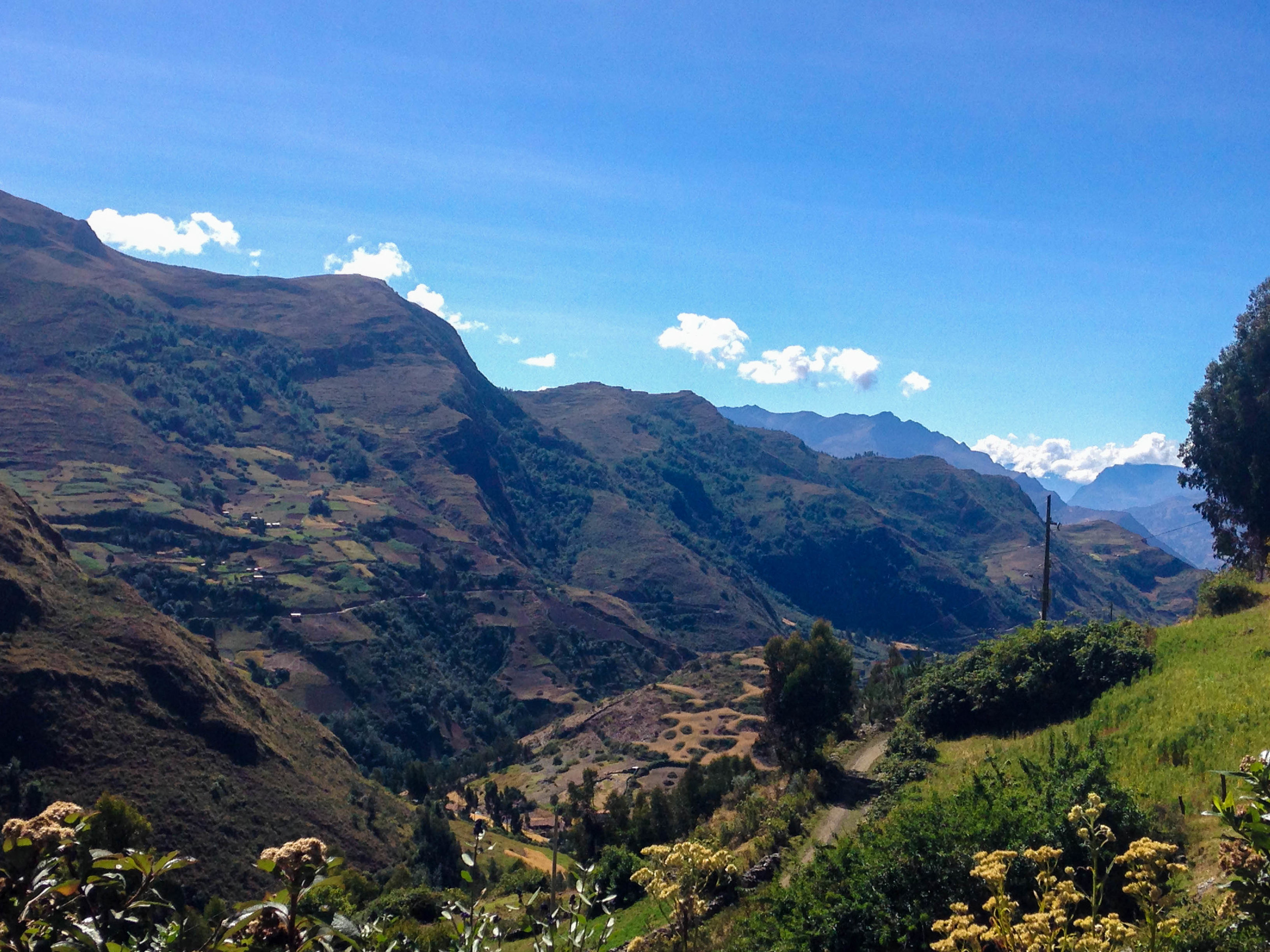






Day 2
After a not so restful sleep, we packed up our tent and got ourselves ready for the longest day of hiking. Our next campsite lay in heart of the Santa Cruz Valley, on the other side of the Punta Union pass. The Punta Union pass clocks in at 4750m above sea level and the climb up to its crest is incredibly humbling and frustrating yet infinitely rewarding. The lack of oxygen reduced us to a slow and steady crawl that had our hearts pounding harder than if you were running on a treadmill at top speed. The last hundred meters were the hardest, verging on impossible until you step over the edge and are greeted with the panorama below. The green valley, dotted with small lakes and all around us the towering 6000m peaks of the Cordillera Blanca, the highest tropical mountain range in the world. At so high up, it feels unfathomable that the tops of those mountains are another 2000m away and the worlds tallest another 2000m on top of that. One begins to see how the 8000m have an irresistible pull on individuals… After a long lunch spent soaking in our surroundings, we descended into the valley for another uneasy sleep.
Days 3 & 4
The following morning we were awoken by the noise of a cow nudging its head into our tent. The amount of stray livestock we encountered throughout our trip is impressive, especially roaming around in the middle of the mountains at 3000+meters. We left camp early as we had decided the night prior to make a side trip to the Alpamayo base camp. We cut across the edge of the valley and along a smaller side valley until we reached the base camp. Here we were gifted stunning views of a crystal blue lake and white peak of Mount Alpamayo. Short on time, we resisted the urge to set up camp and spend the night and trekked back to the Santa Cruz trail. A devastating landslide in 2012 has left one side of the valley washed out and covered in sand, which made walking irritatingly difficult. However, nature is resilient and already the area is starting to be covered in re-growth. Lower in altitude now, we began to feel stronger with each step— just as our feet began to turn on us and blister from so long days of walking.
Our final day was a long descent out of the valley. The trail cut along the side of the hill, following the twist and turns of a swiftly flowing river. The steady descent, coupled with our sore feet left us anxious to be finished. However, the company of a lovely stray dog who stumbled upon us early in the morning and stuck with us the whole way down cheered us up. The little munchkin tried to hop into our van as we departed and we were devastated to say goodbye to our canine friend. As we departed, we turned back and looked at the trail: a small opening between two hills — no indication of the magical landscape inside. We promised ourselves we would be back one day to explore this area further.
Mancora
Two busses, twenty hours, countless movies and two terrible sandwiches later, we stepped off the bus into the sweltering heat of a beach town called Mancora. Here we spent one wonderful week doing nothing but eating, drinking, swimming and relaxing in the sun. Naturally no one is as interested in these details, so let’s us just say it was blissfully uneventful, exactly what we needed after the previous four months of adventure. A well-earned holiday from our holiday. If we had to wax poetic about one aspect of Mancora, it is not the beaches or the palm trees that has us yearning for more (for truthfully, we’ve seen better elsewhere), it would be the cheap, fresh and absolutely delectable ceviche. We ate at the same restaurant, choosing the same type of ceviche and washing it down with the same fresh passionfruit smoothie every day and if we could be eating that now and forever, we would.
A Moment Afterwards
It is a bit strange, very nostalgic and somewhat sad trying to recollect the memories of an adventure gone by. We think of all the things we did and wish we could be doing them now. We remember all the things we missed out on and yearn to be back so we can try to make them happen again. This trip was an incredible experience, an arduous adventure and a true testament to how much we enjoy spending time with one another, doing the things we love best! We are thrilled that we put the effort into documenting our trip the way we have, not only as a concrete source to turn to when the memories get hazy but also as a means of inspiration to fuel our future moments of adventure.
